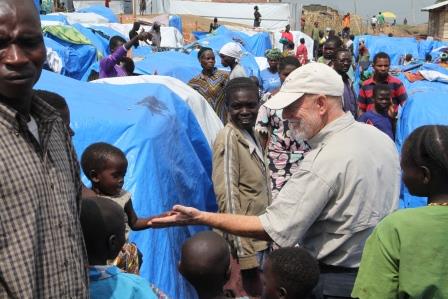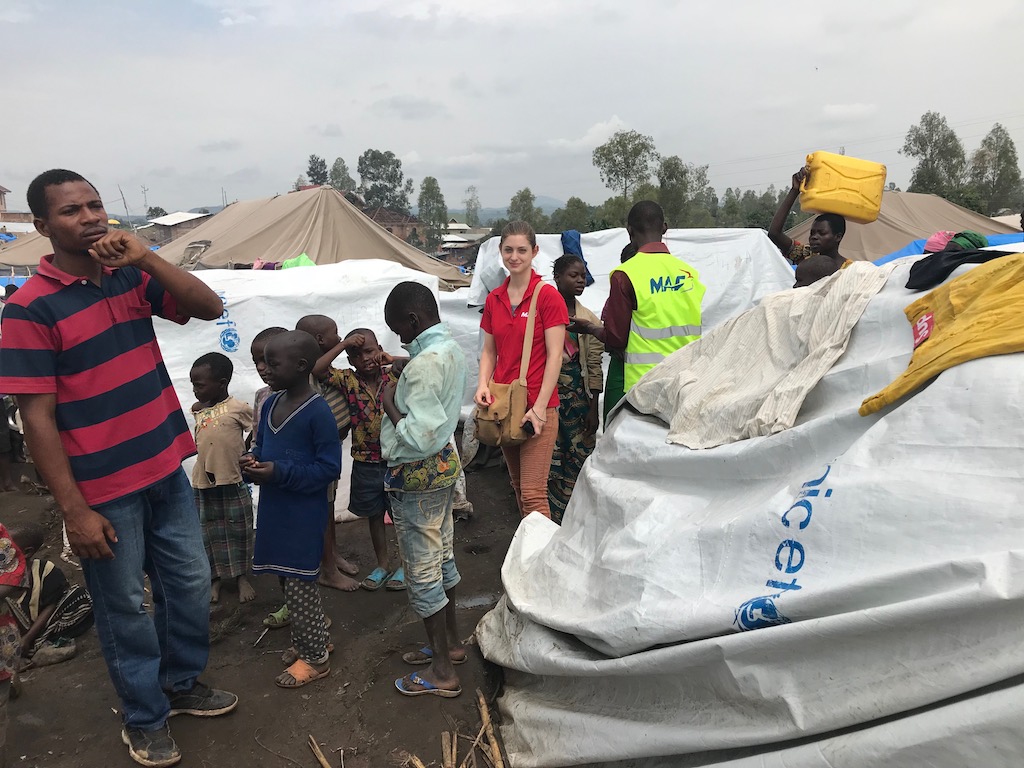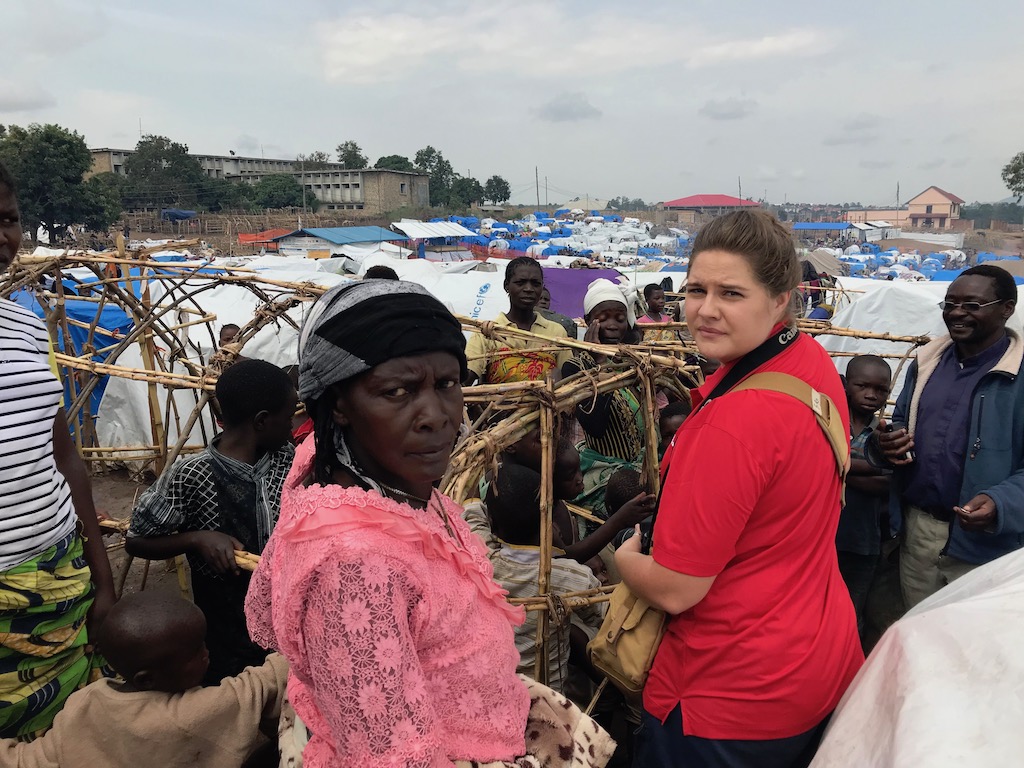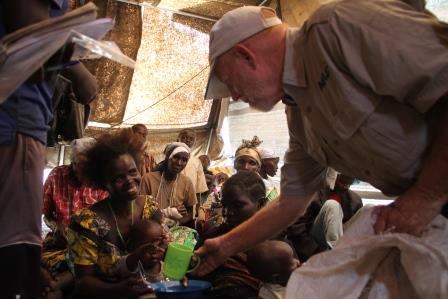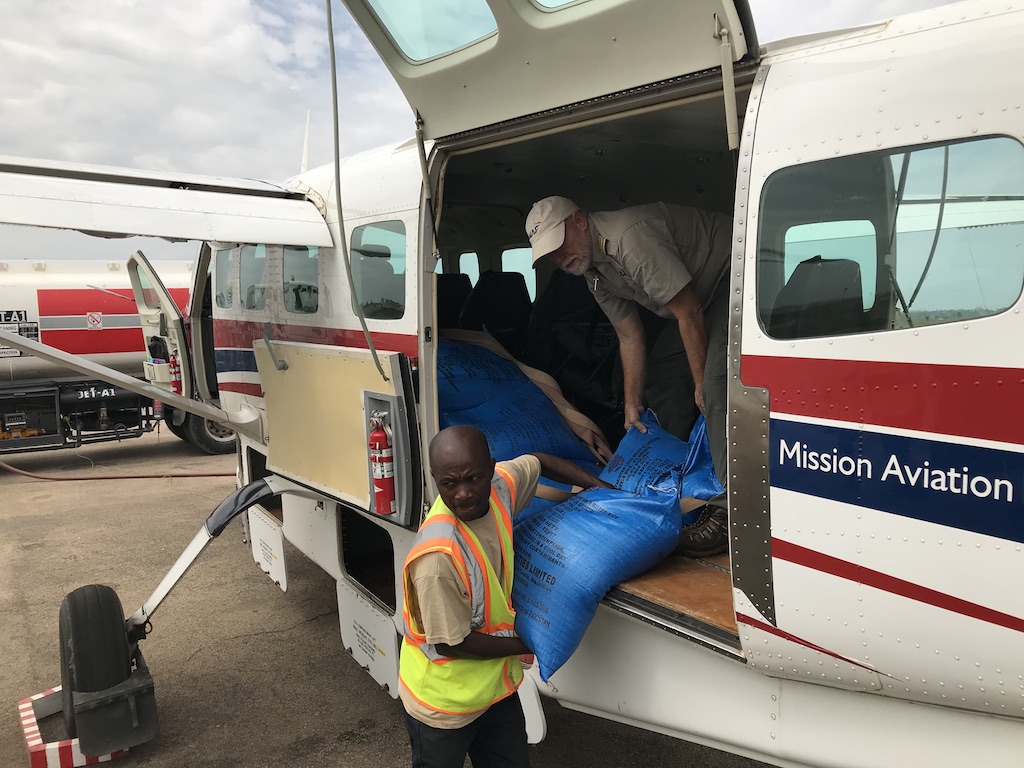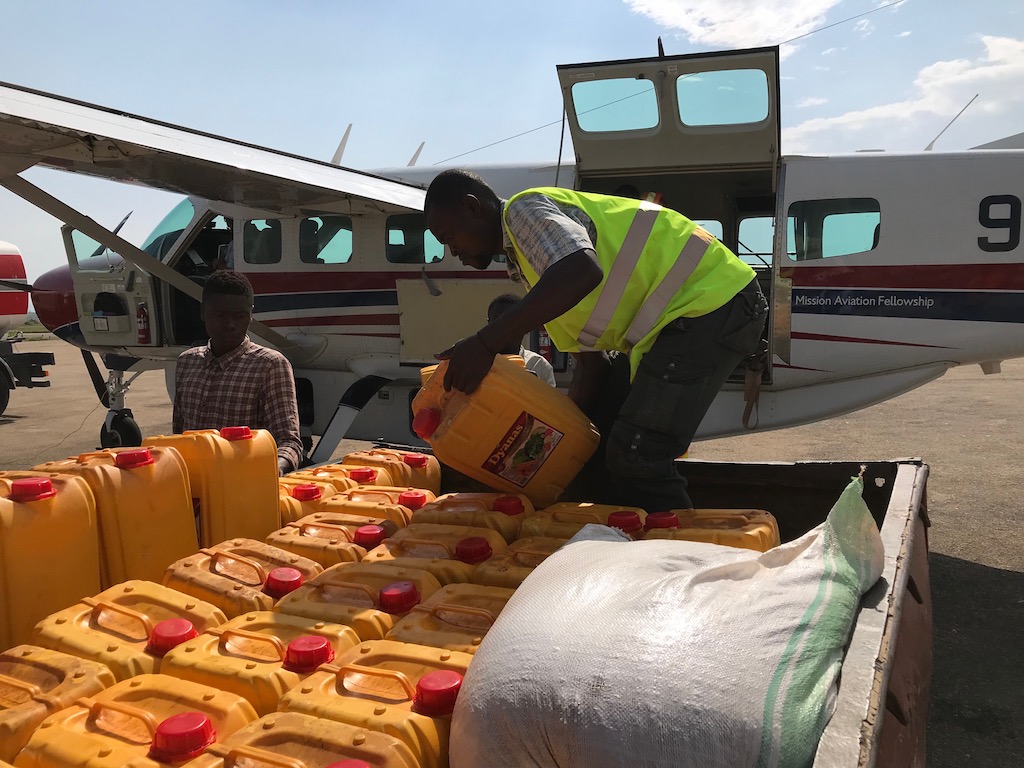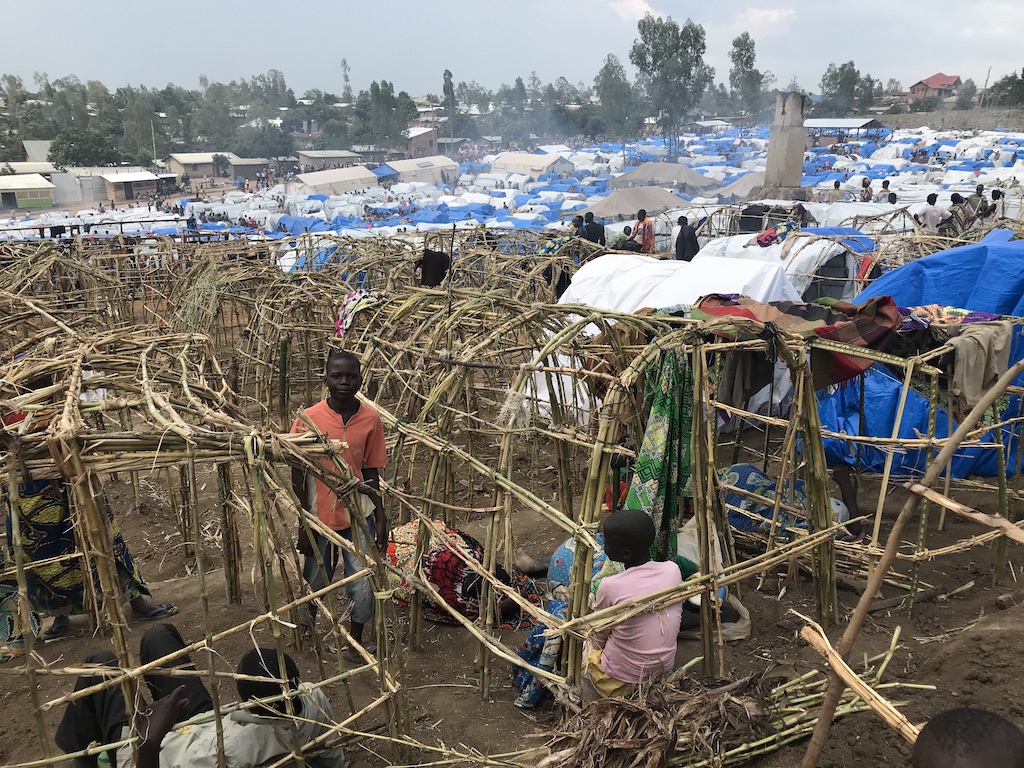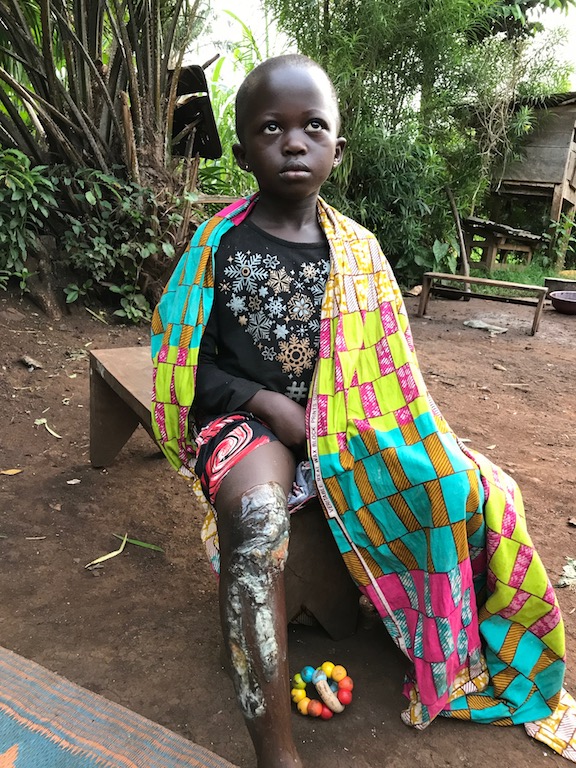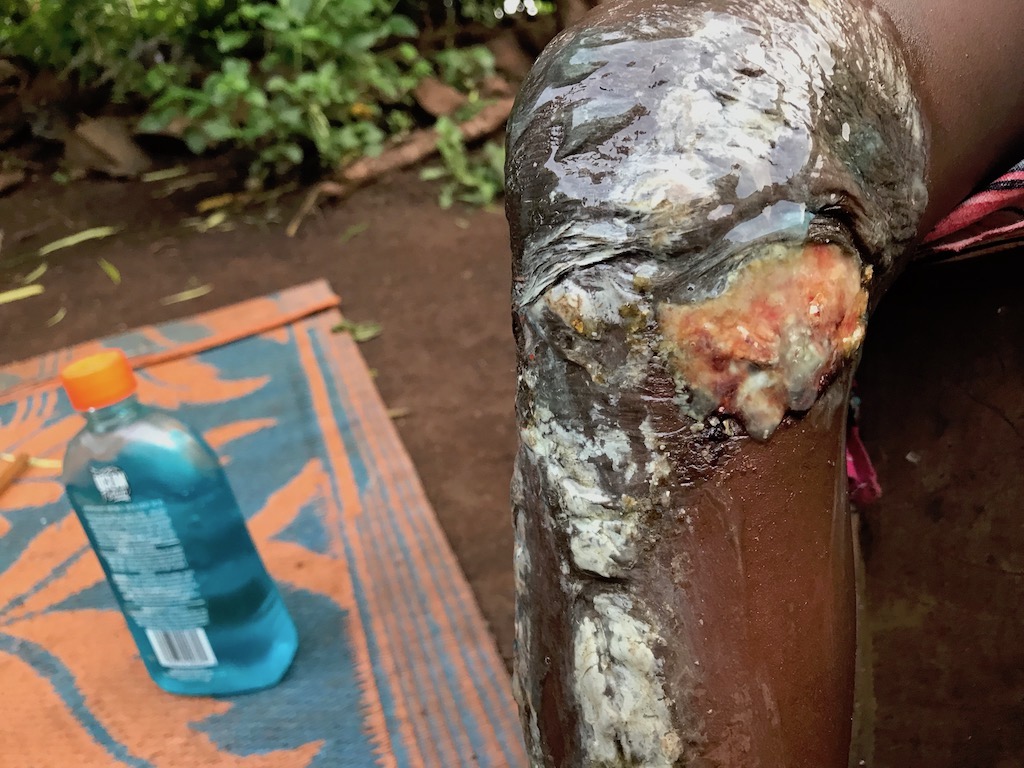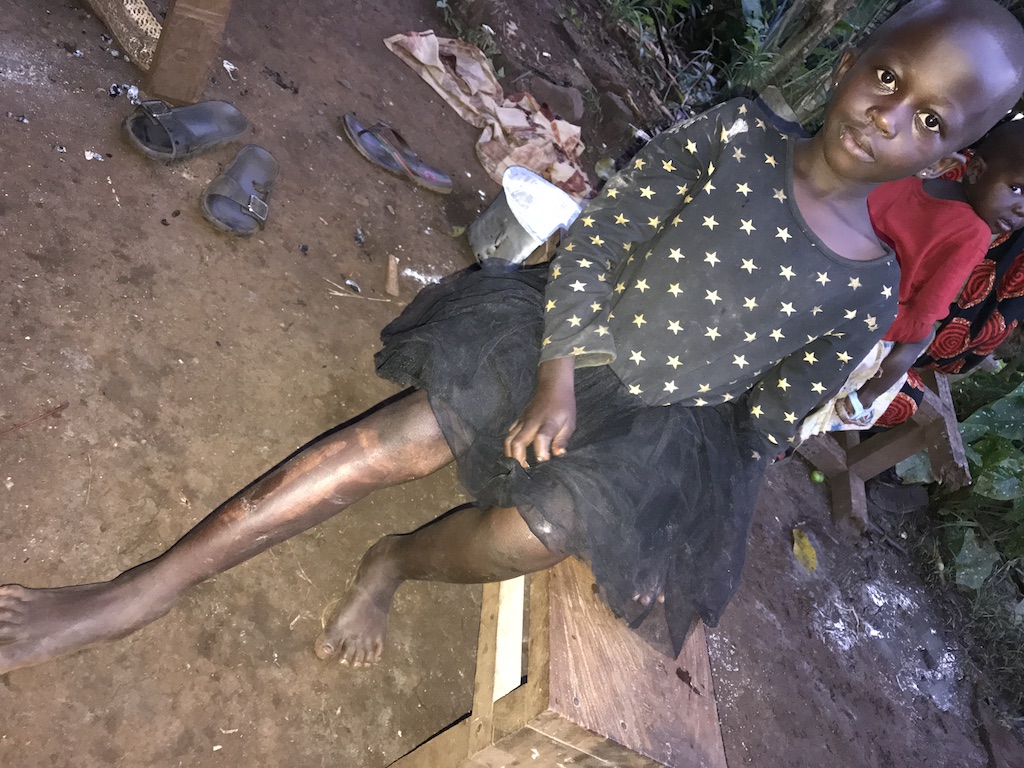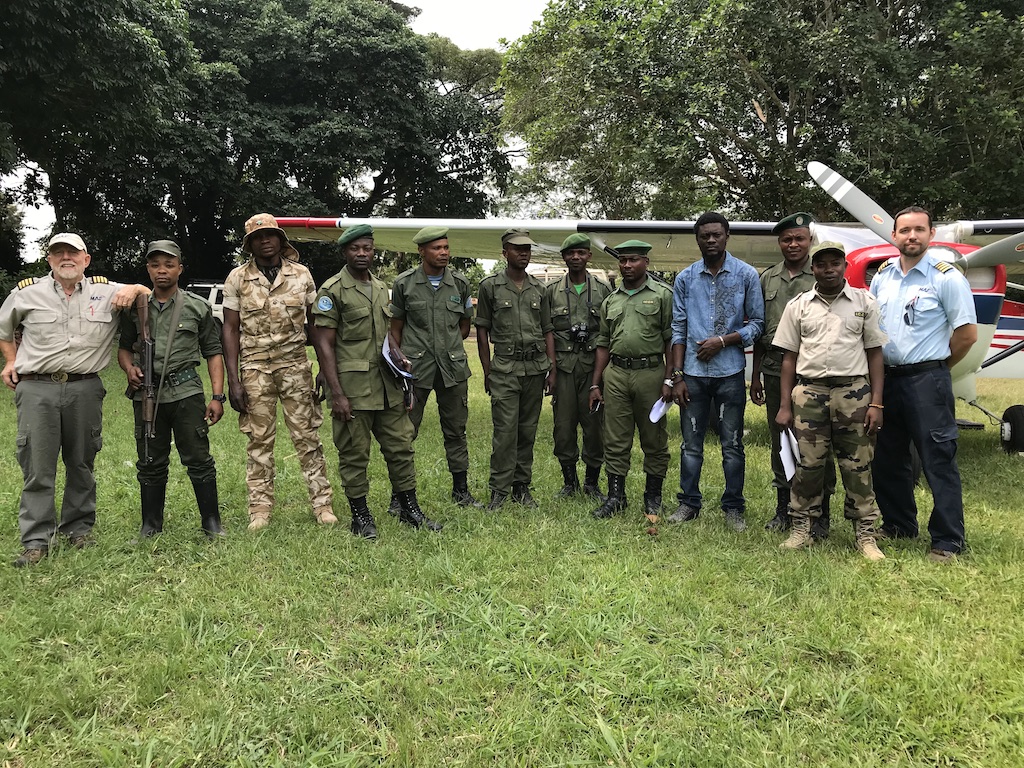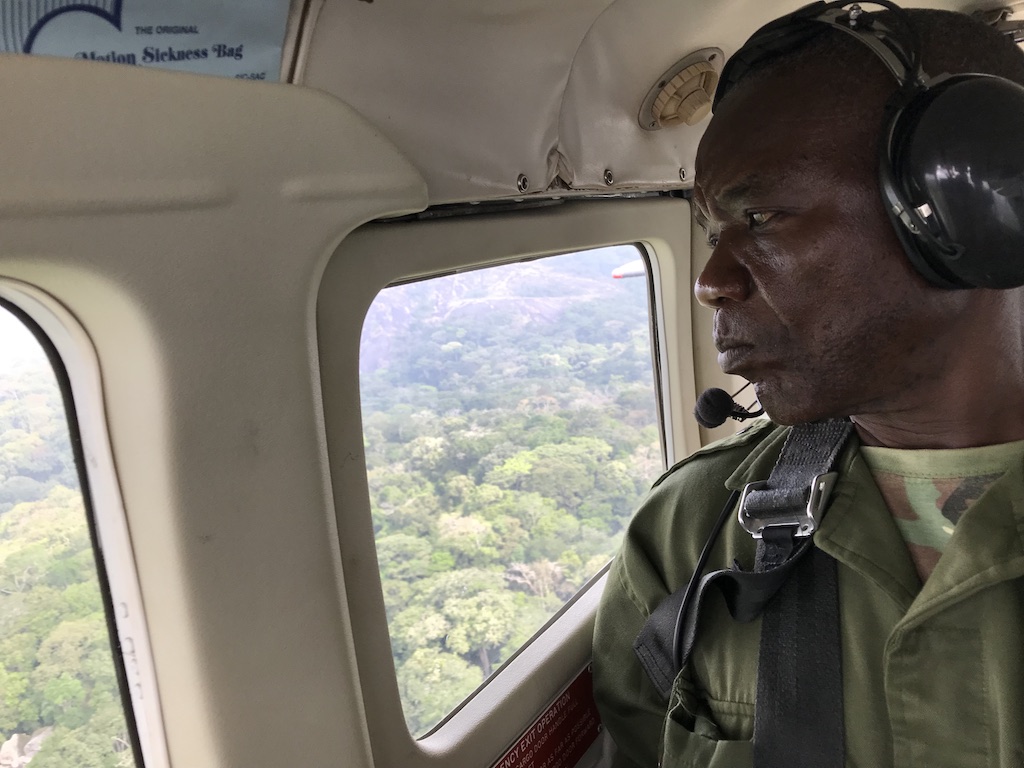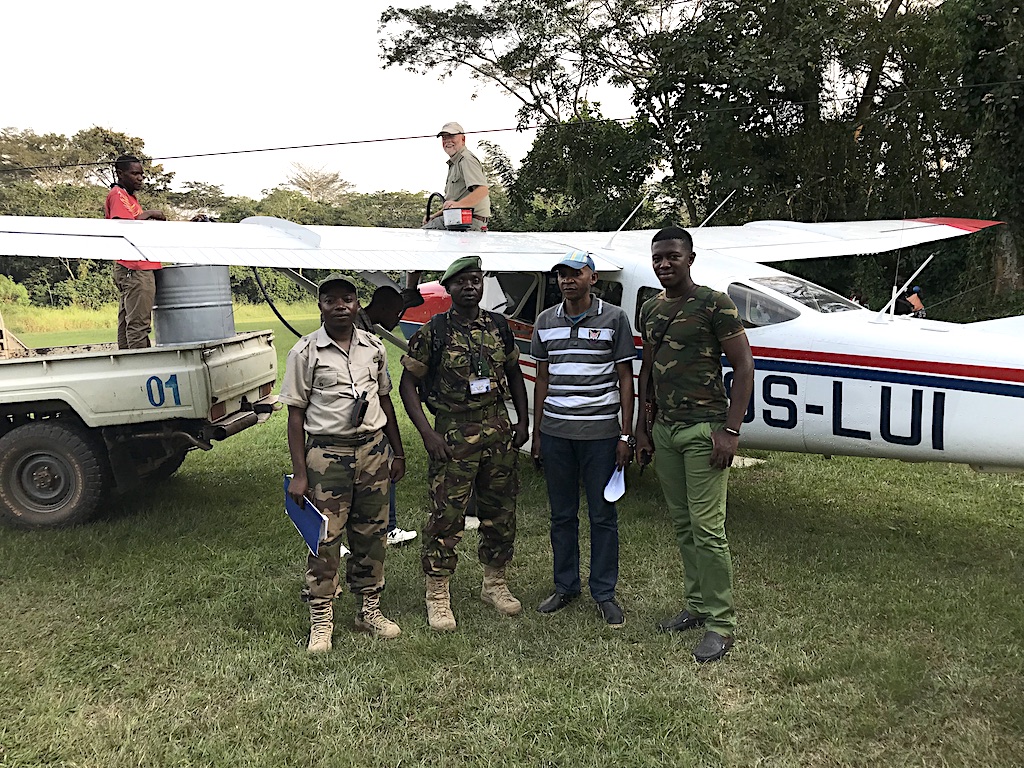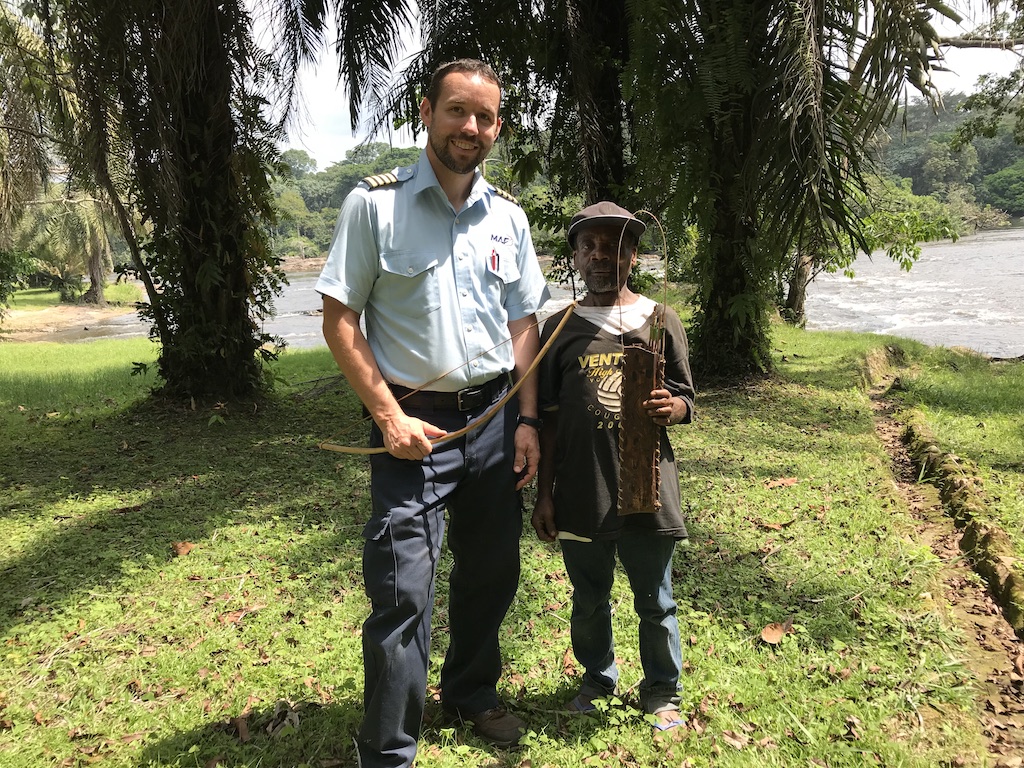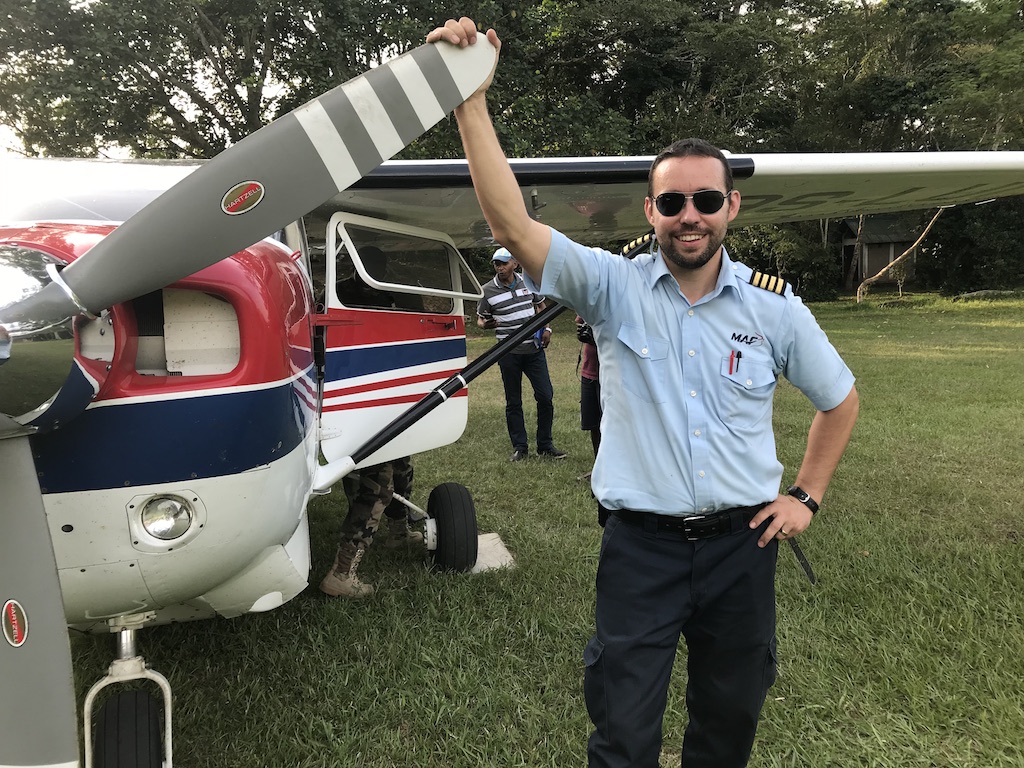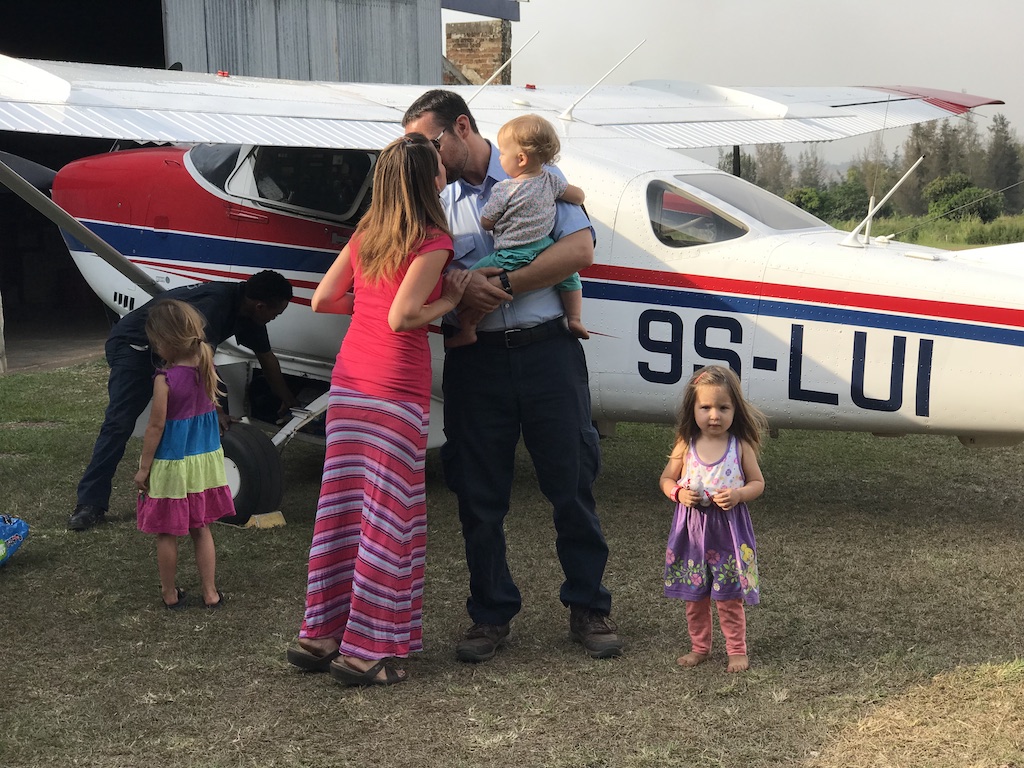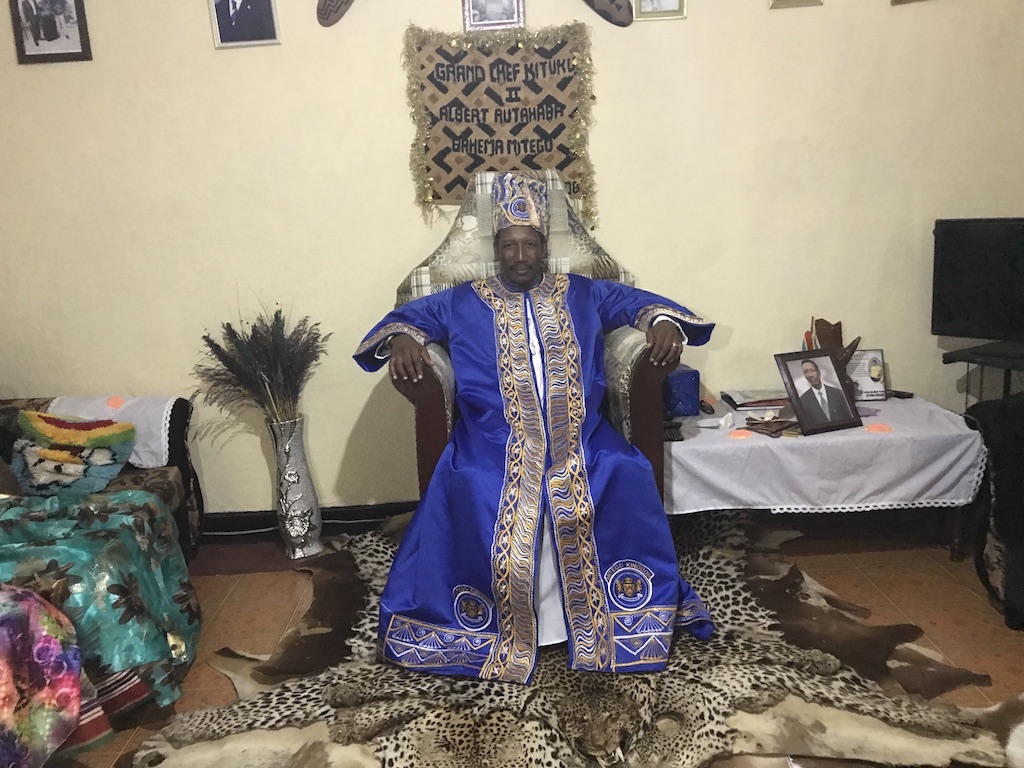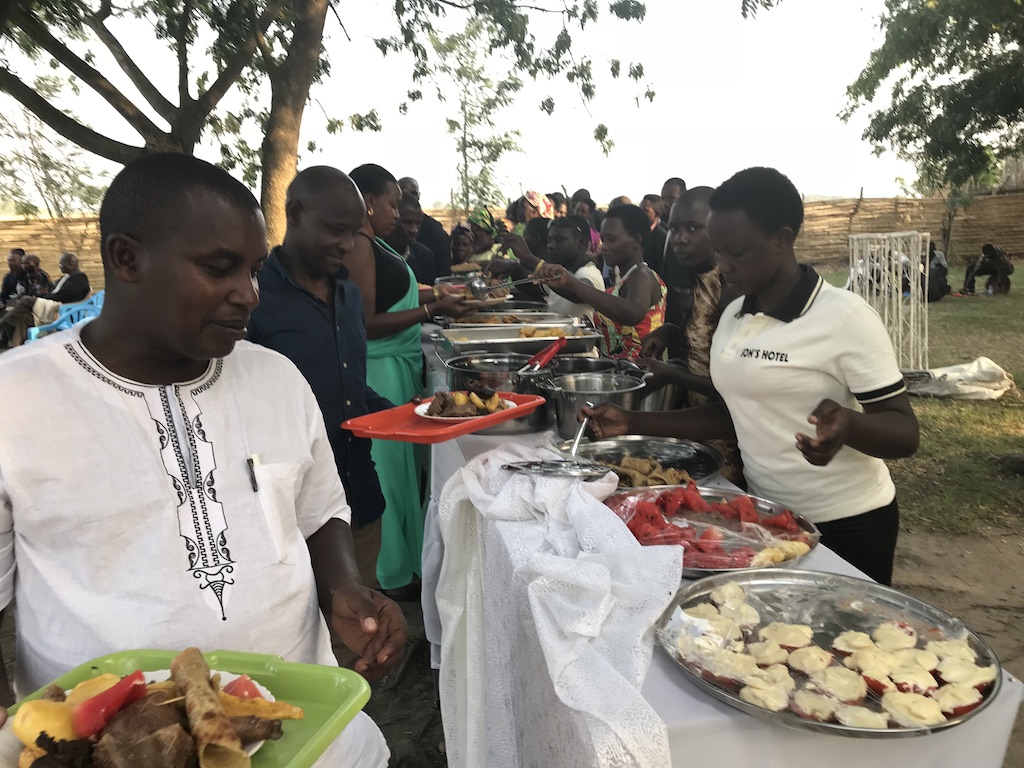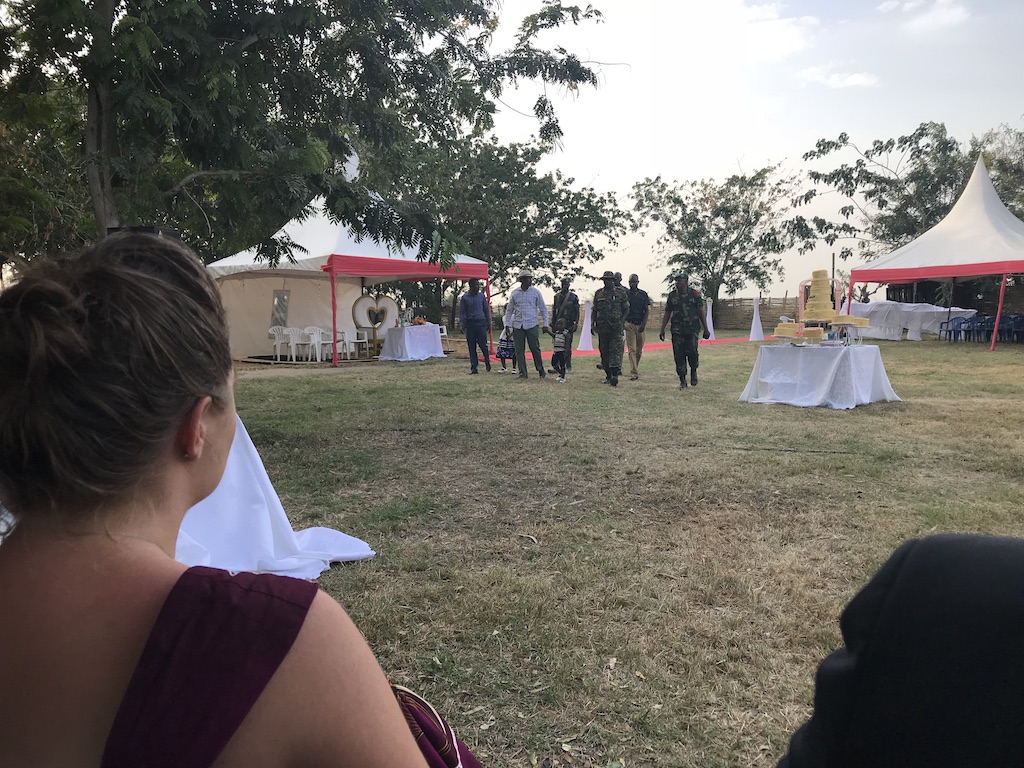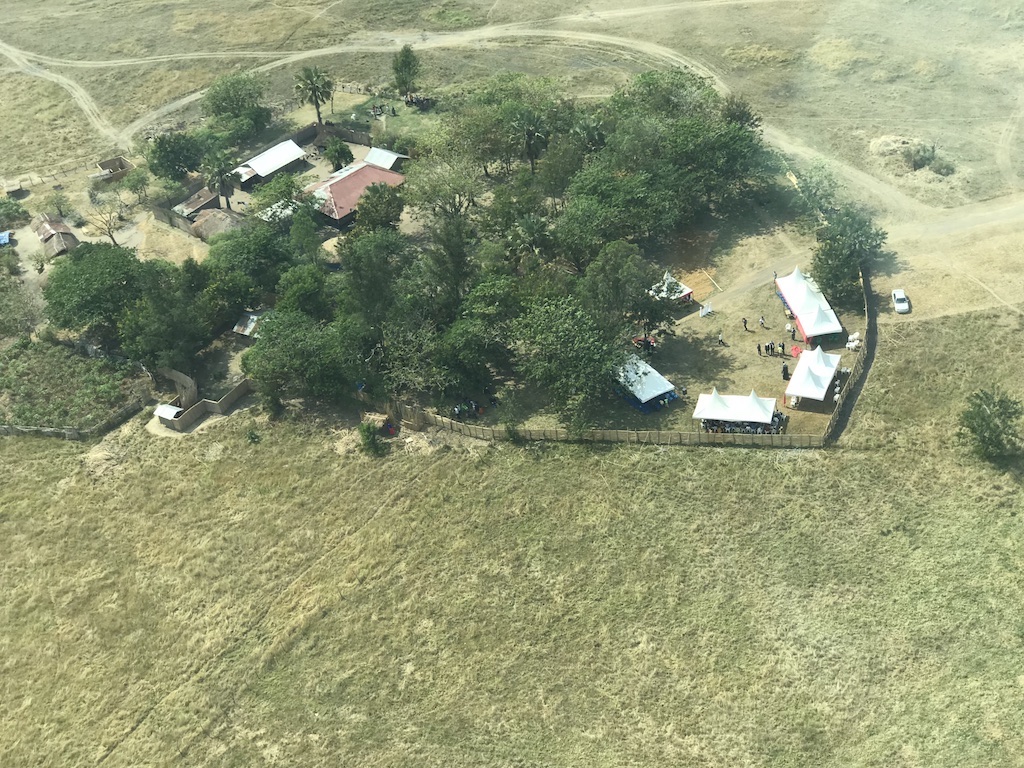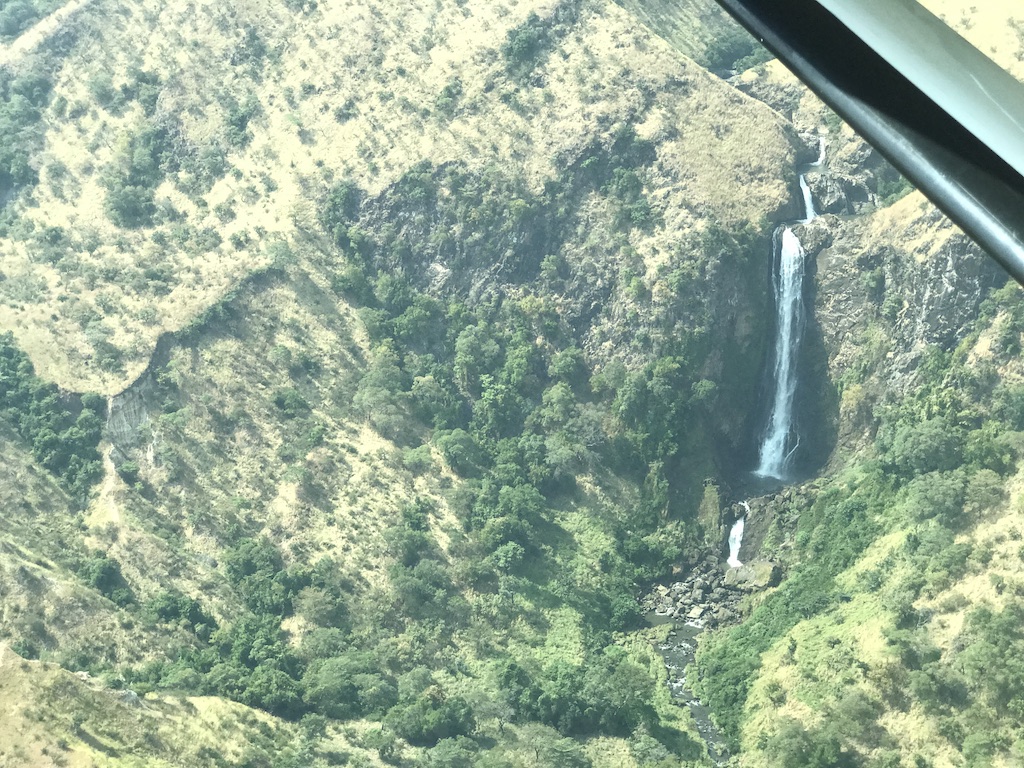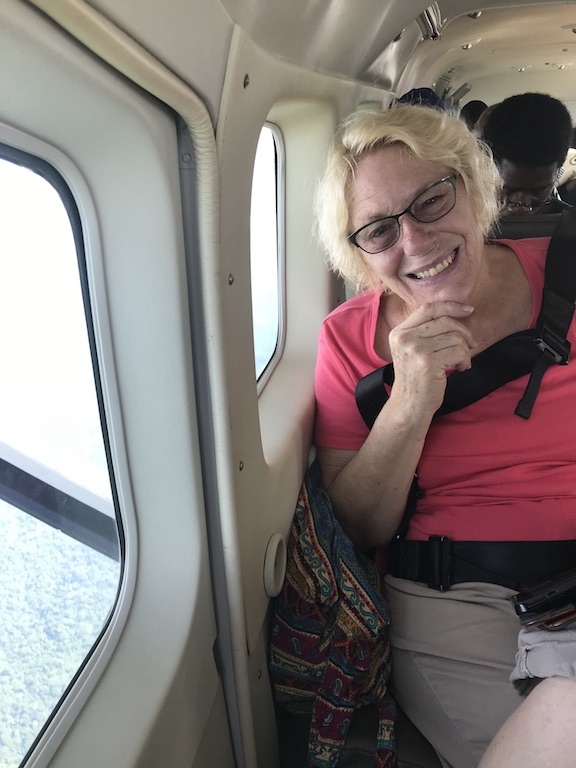
Flying down to Goma with my lovely wife, Cher, to pick up our new to MAF vehicle and drive it back to Nyankunde. Friends often tell us of their trials on the road and being utter beat up in body afterwards. I was eager to find out for myself and gladly volunteered for the trip. I asked Cher to write the story from her point of view.
Road Trip, Day 1
Tuesday, Jon and I began an adventurous road trip. I had actually considered calling our kids and grandkids to tell them I loved them, in case we didn’t come back, but alas, we had no internet that morning. I know, it sounds crazy, but, read on. This wasn’t a across country car journey in the USA. Travel on what passes for roads in Africa is a whole ‘nother story.
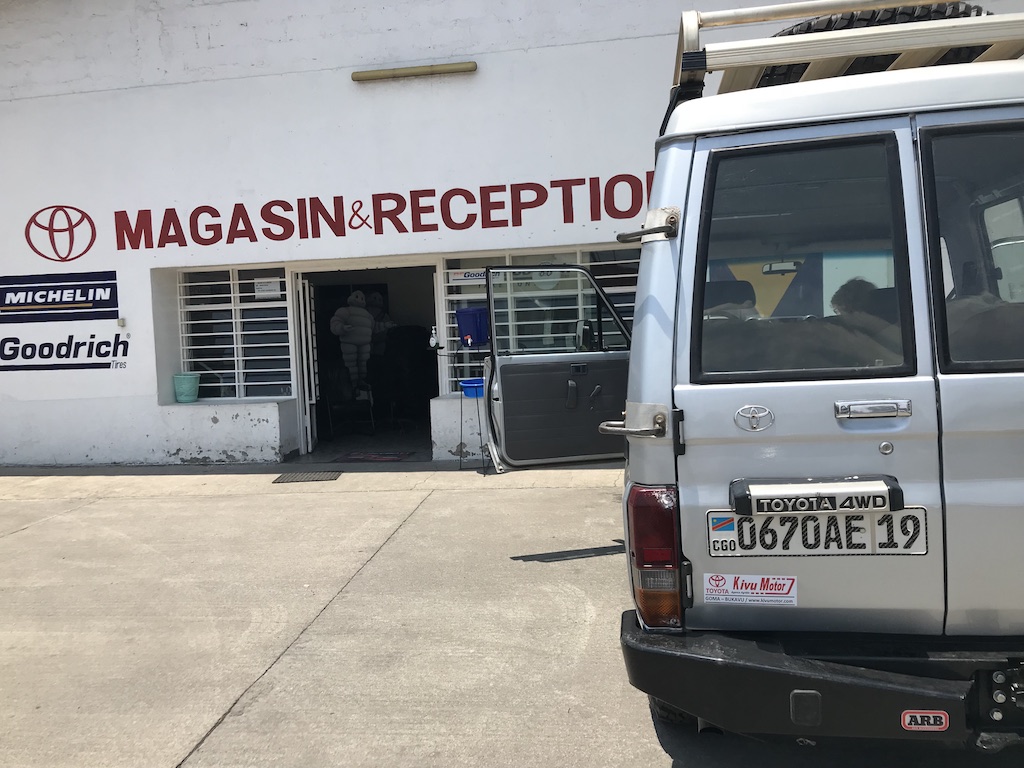
At Kivu Motors we signed papers and got last minute things finished, pick up the Land Cruiser and get on our way at about 2:00 p.m.
We were flying with Lary Strietzel to Goma to collect MAF’s newly purchased vehicle and drive it up to our base in Nyankunde. We often hear stories from missionaries and humanitarian workers about how hard and dangerous road travel is and how they couldn’t be here without MAF. Our neighbor told us if MAF wasn’t here their mission wouldn’t allow them to live here, never mind her mother! We knew the Congo roads were difficult and dangerous and Jon wanted to really experience it first hand. This trip literally drove it home to us again. Leaving our base in Nyankunde we flew over Beni, presently a Ebola hot zone, and then over the road to Butembo, also a Ebola site. The Saturday before, the local Islamic militia had killed 23 people on this road. We carried on alongside the beautiful, snow capped Rwenzori mountains and the border of Virunga Natl. Park, where militia attacks against park rangers have taken the lives of dozens of men and women, and armed robberies are common. We arrived in Goma a mere one hour and fifteen minutes after leaving home.
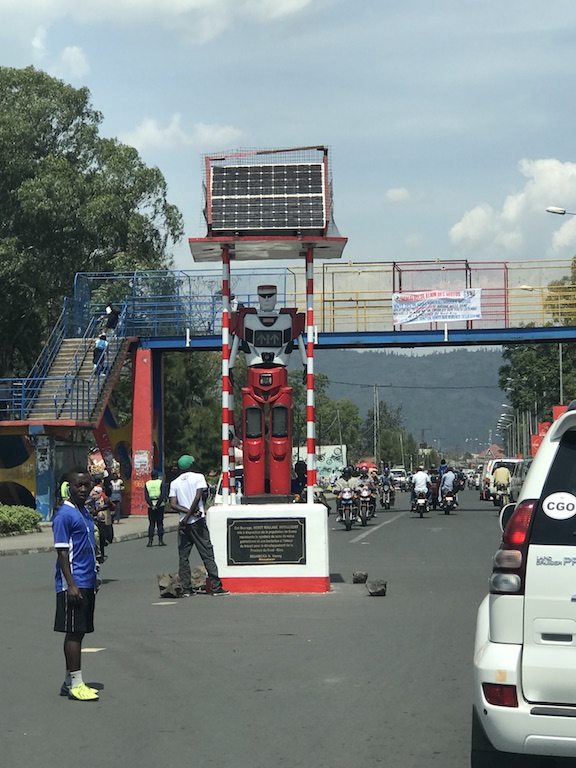
Cher and I felt a bit like country bumpkins with the paved roads and heavy traffic. We hadn’t driven on pavement for a year. There is even a “robot” (Southern African word for traffic lights), but they take it to a whole different level here and actually have a genuine robot!
After waiting 2 or 3 hours for paperwork on the car, we crossed the border into Rwanda, clearing the car and ourselves out of Congo. Rwanda is beautiful! Beautiful little square houses with nice thatch roofs, lovely yards, and fertile gardens with lots of flowers. Clean and green with no garbage visible anywhere! The hills are steep and terraced, like nothing I have ever seen in Africa before. And the main roads were paved! I had heard they were, but sort of thought it was only in the city. With the afternoon sun shining on the slopes the color variations were stunning.
At one point five men on bicycles carrying huge, heavy loads bigger than they were that looked like potatoes, shot down the hill in front of us, expertly taking the curves at car speed without helmets.
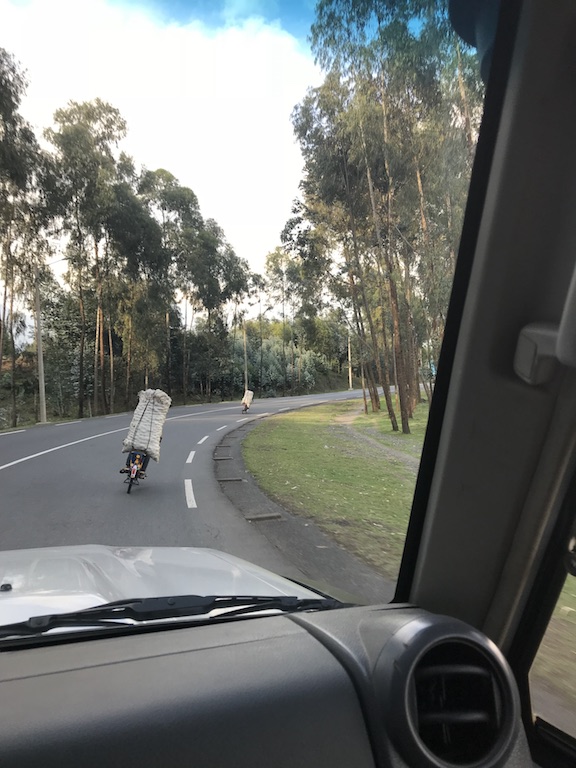
I was driving 30-40 kph and just staying with some of these guys. It was a rush just watching.
After a few hours of driving on the paved roads we saw a sign for a certain safari lodge that Jon had heard was nice and wanted to stay at that night. We had a hard time finding the turnoff, as it was just a little parting in the tall grass onto a mud road. It was getting late, but we carried on. The road was very steep and very, very bumpy, some of it just bare rocks. I am still recovering from shoulder reconstruction surgery so we had brought lots of pillows with us to cushion it and the whole arm, but the ride was still awfully jarring and painful. As we continued up the mountain we noticed that there was the name of a high end safari company on the signs above the name of the lodge. I commented to Jon that maybe this was one of those places where they charge you $500 a night, which we would certainly not be willing to pay. The road went on and up and on, falling away steeply on both sides. We finally arrived just before sunset and Jon went in to see about getting us a room. I just sat in the car in a haze of pain and exhaustion. Little did I know that this road trip would continue on for six, much more grueling days. When Jon returned I asked if I was right about the price and he told me I had been wrong; it was $800, per person, per night, and “that’s for the ‘cheap seats’! The rest are $1000.” So, we had to tackle the steep and rough road again, this time in the dark. The people at the lodge had told us there was a nice hotel in the next town for less than $100 total and we proceeded there, not really expecting much. Well, the hotel was really good and the bed in our room was the bed from heaven! I want one just like it! It had some sort of soft ‘topper’ and was like sleeping in a cloud of comfort, something we were really able to appreciate after our long day. If only the rest of this trip had been so nice.
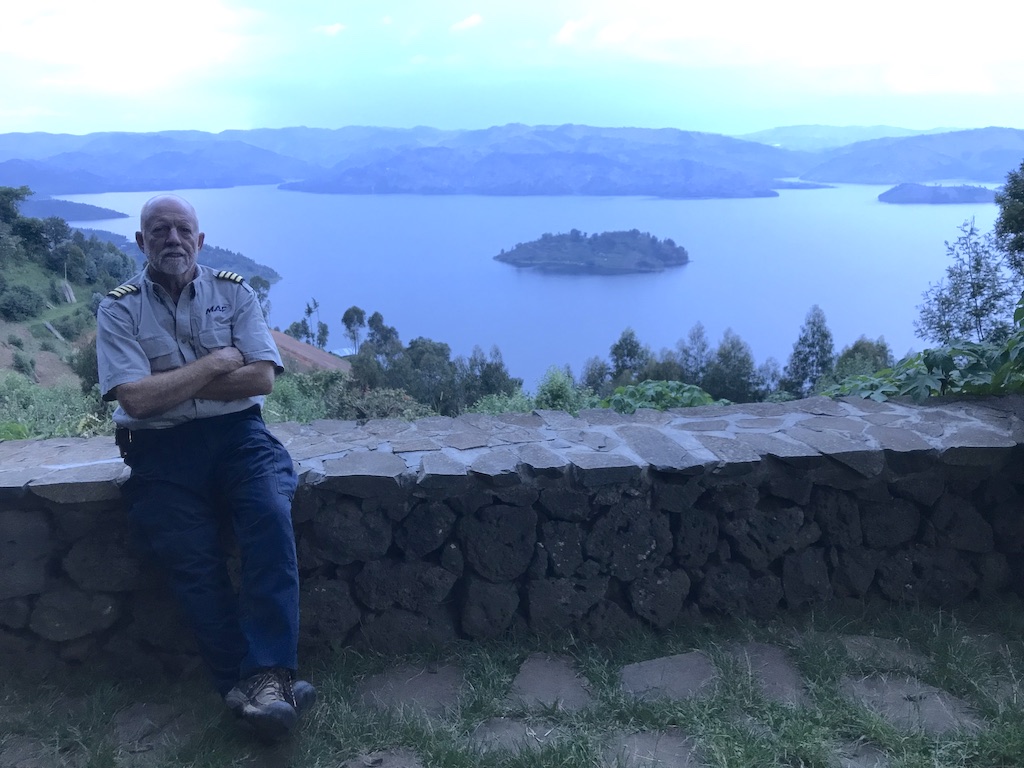
The view of Lake Burera from the top of the hill just at sunset before we headed down to the cheap motel.
Day 2
We hit the road the next morning, continuing north and into Uganda. Crossing borders in Africa can be a real challenge sometimes, and we did have one moment when we thought we might have trouble. The immigration agent asked us for our “next” passports. Since that was a bit confusing we questioned him about it. He kept insisting he needed to see our “next” passports. We explained to him that our passports were brand new and asked him a few more questions. Eventually we figured out that he wanted to see our last passports. That is something that is not required and which we had never been asked for before. I have no idea what it was about. Jon explained to him that we didn’t have them and he decided to let us continue anyway.
After only minute we came to a T in the road and Jon asked the boda-boda drivers on the corner which way to go. They are usually a great source of road knowledge as they are continually on the road and know their area. They all said left. We were a bit surprised, but turned left. About 20 minutes later we arrived back at the Uganda/Congo Border! Did Jon say Katale (which is in Congo) instead of Kabale (in Uganda)? Oh well, it was pretty country.
Leaving Rwanda meant leaving the nice roads. I have never before experienced such terrible roads for so many days in a row. The road went from 1 lane, and having to pull over to let oncoming cars by, to easy, 3-trucks-wide stretches and then to smooth sections with extremely high speed humps. You could drive fast…but only for 50 meters at a time.
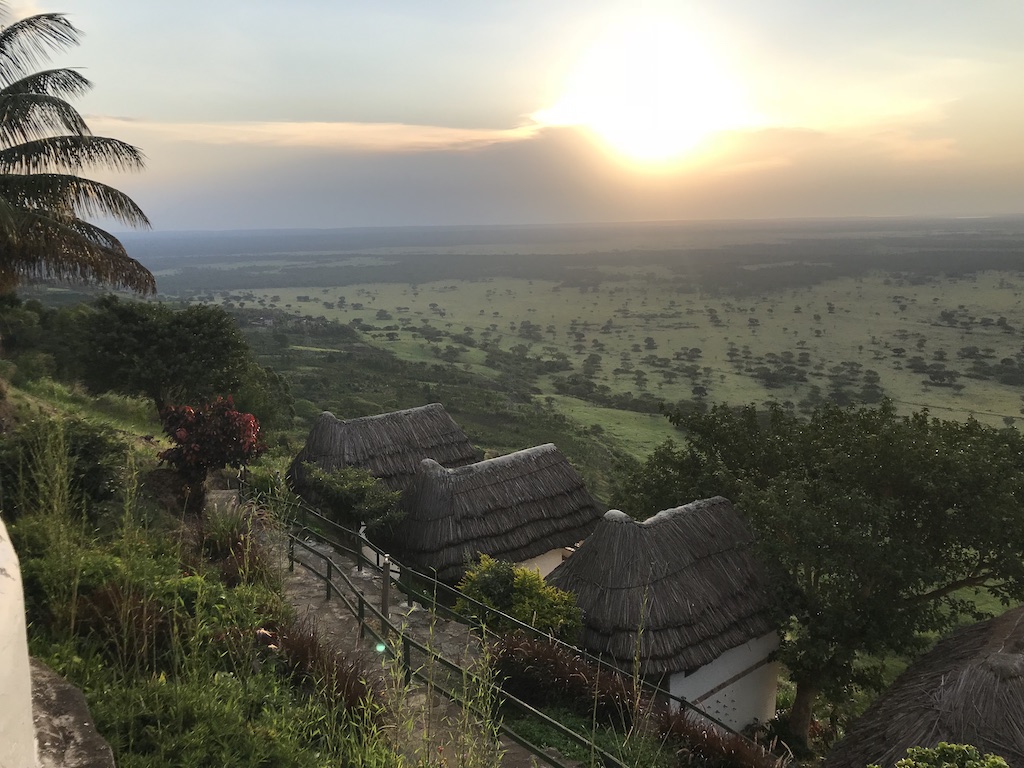
Beautiful view from the escarpment overlooking Queen Elizabeth National Park with elephant roaming around below us and Rwenzori’s out in front. Marvelous!
Our first night in Uganda we stayed in a simple but nice hotel on the escarpment overlooking Queen Elizabeth Natl. Park. It had an amazing view of the park and we enjoyed watching the elephants below with the Rwenzori Mountains in the background.
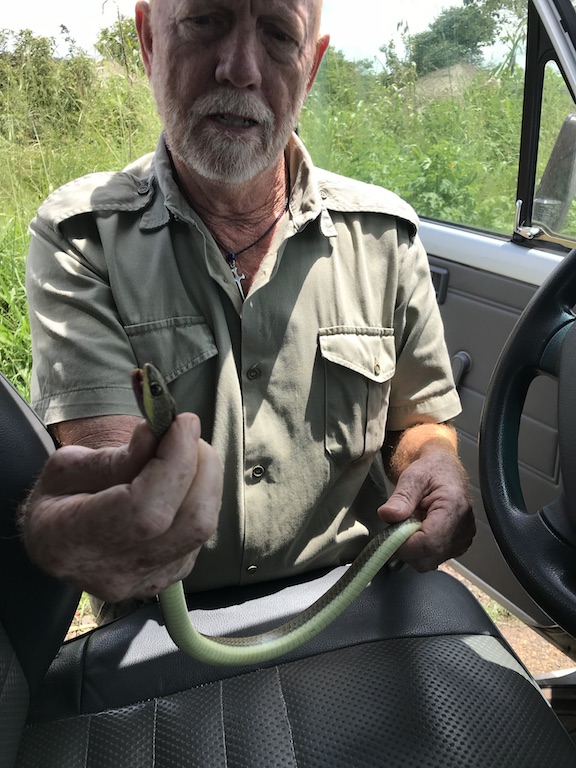
Additional fun on the road. We saw this snake crossing and stopped to help him. People came out of the woodwork to watch me get bit. Didn’t happen. Beautiful Olive Sand Snake.
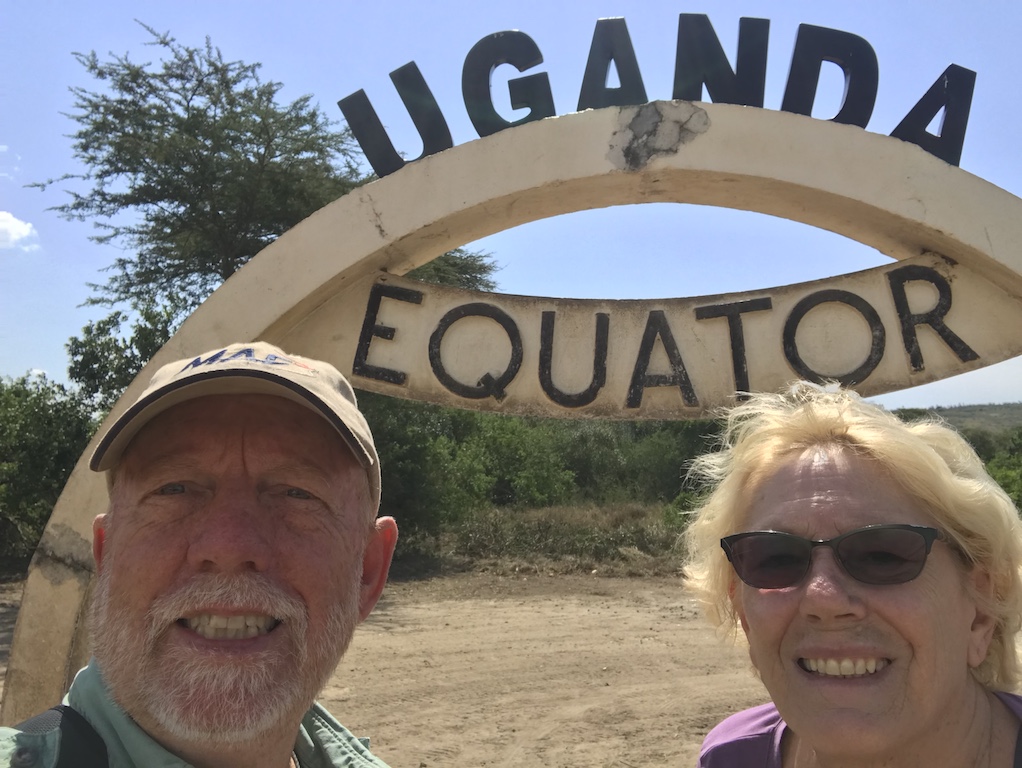
We crossed the Equator on this day. I crossed it all the time in the air, but it is kind of cool to do it on the ground. You think of it being hot and yet there is snow on the Rwenzori Mountains, which are right on the equator. Almost 17,000 feet though.
Day 3
The next day was even more difficult. The details are lost to me due to the jarring and pain as we drove over even worse roads and through hard rain. We were very happy to arrive at Kluges Guest Farm outside Fort Portal. A birthday party for the owner was being held under a big tent and we were the only non-party guests and were invited to supper, on the house. The gardens at the farm were beautiful with lots of flowers and we were given some Hawaiian White Ginger bulbs to bring home and plant.
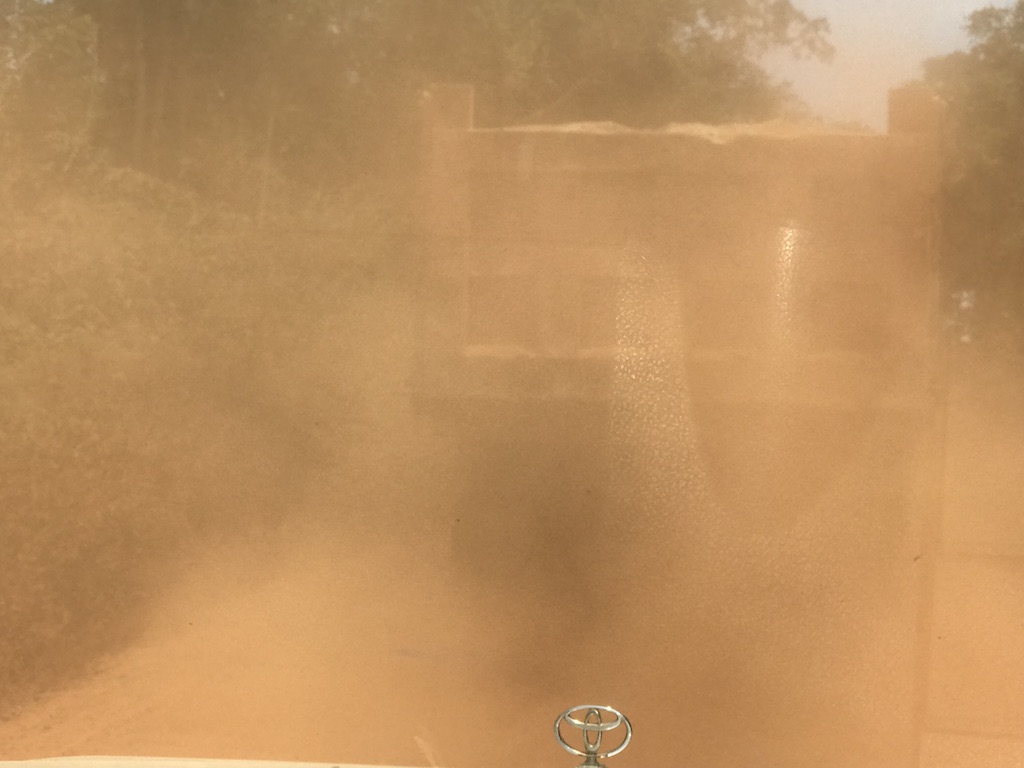
It is difficult to explain the road conditions well. I was too busy missing potholes to take pix. The Chinese are building lots of roads throughout Africa and we were actually quite happy when we came out of teeth jarring bumps into four lanes of beautiful paved road. Of course one couldn’t be trusted to cruise along, so very tall speed bumps were put in place every 50 meters. At least it was smooth in between and you could be ready for them.
Day 4
After our fourth long day of brain rattling roads we were only 75 km from home, as the crow flies, but we still had to drive another 3 days to get there. In Fort Portal we found the Masindi Hotel, a historic, colonial style hotel built in 1923 and the oldest hotel in Uganda. This hotel is where the cast and crew of the movie The African Queen, starring Humphrey Bogart and Katherine Hepburn, stayed during its filming in 1951. In 1954 Ernest Hemingway and his wife were sightseeing over Murchison falls in a small, chartered airplane when its tail wheel caught on an old, disused telephone line and crashed on the bank of the Nile River. After their rescue the next day, the plane sent to medivac them to a Kampala hospital crashed on takeoff. After that they were taken to the Masindi Hotel to recover from burns and injuries. The hotel staff kindly shared with us some starts from their cycad plants.
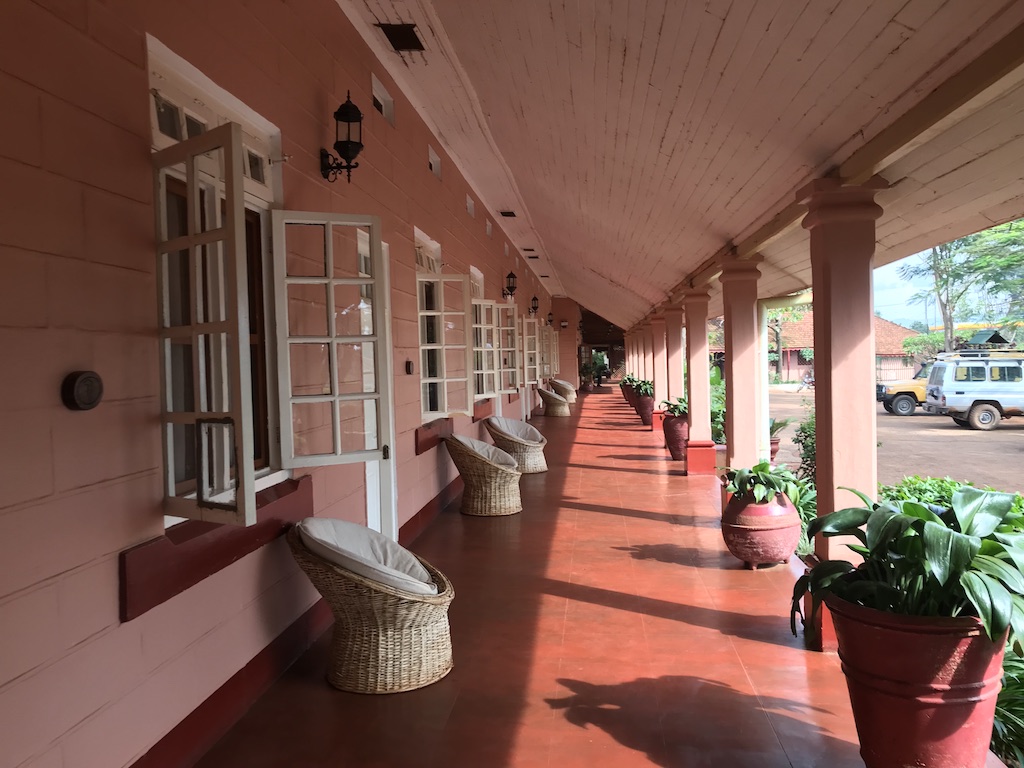
Quaint Masindi Hotel from the 1920’s was like stepping back in time. Restful and full of history.
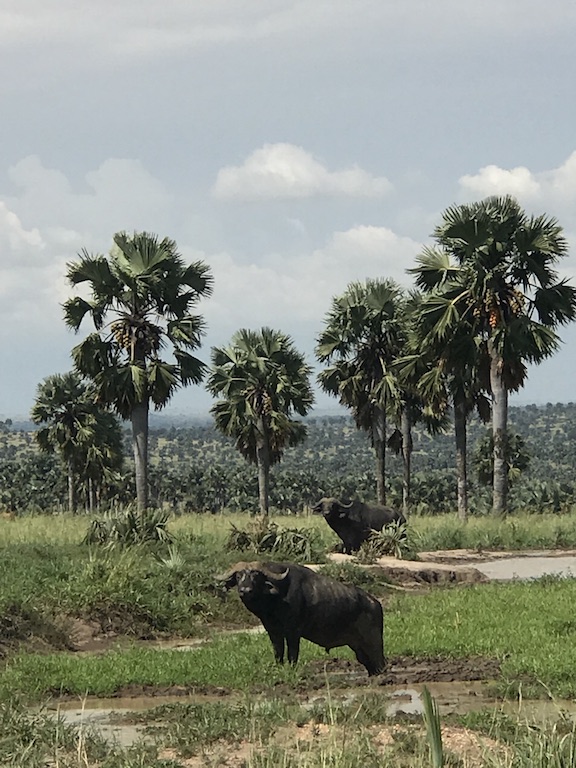
Cape buffalo bulls in among the Borassus palm forest were lovely to see.
Day 5
On Day 5 of our road trip we entered the Murchison Falls Natl. Park. The roads were still terrible, but we had the pleasure of toodling along slowly and carefully, having wonderful elephant encounters where we could just turn off the car and sit with them only a few meters away, eating peacefully, not fussed at all that we were there. There were several varieties of antelope, lots of warthogs, hippo, herds of buffalo, and dozens of beautiful Rothschild Giraffe. We arrived at that night’s safari camp at dusk and watched the sun set over the banks of the Nile River.
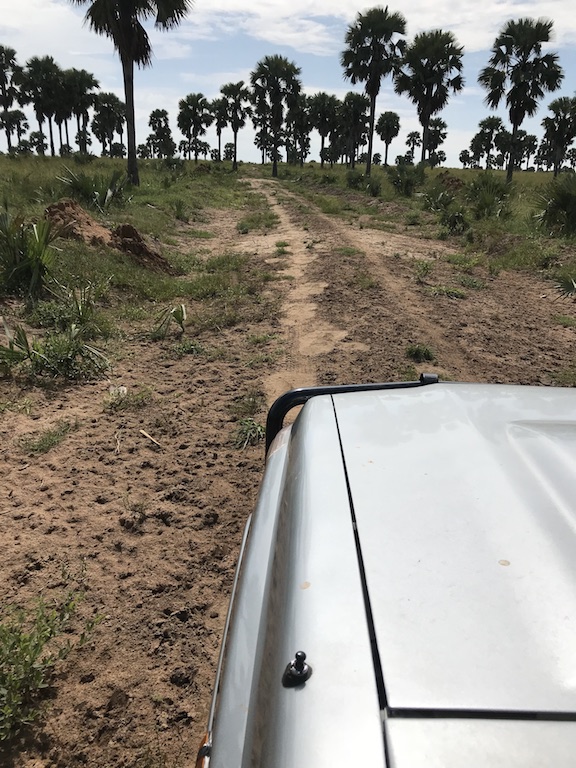
We were on roads that showed no sign of others having traveled that way in days, but for the odd elephant and other wildlife. Nice to have the right vehicle for these roads.
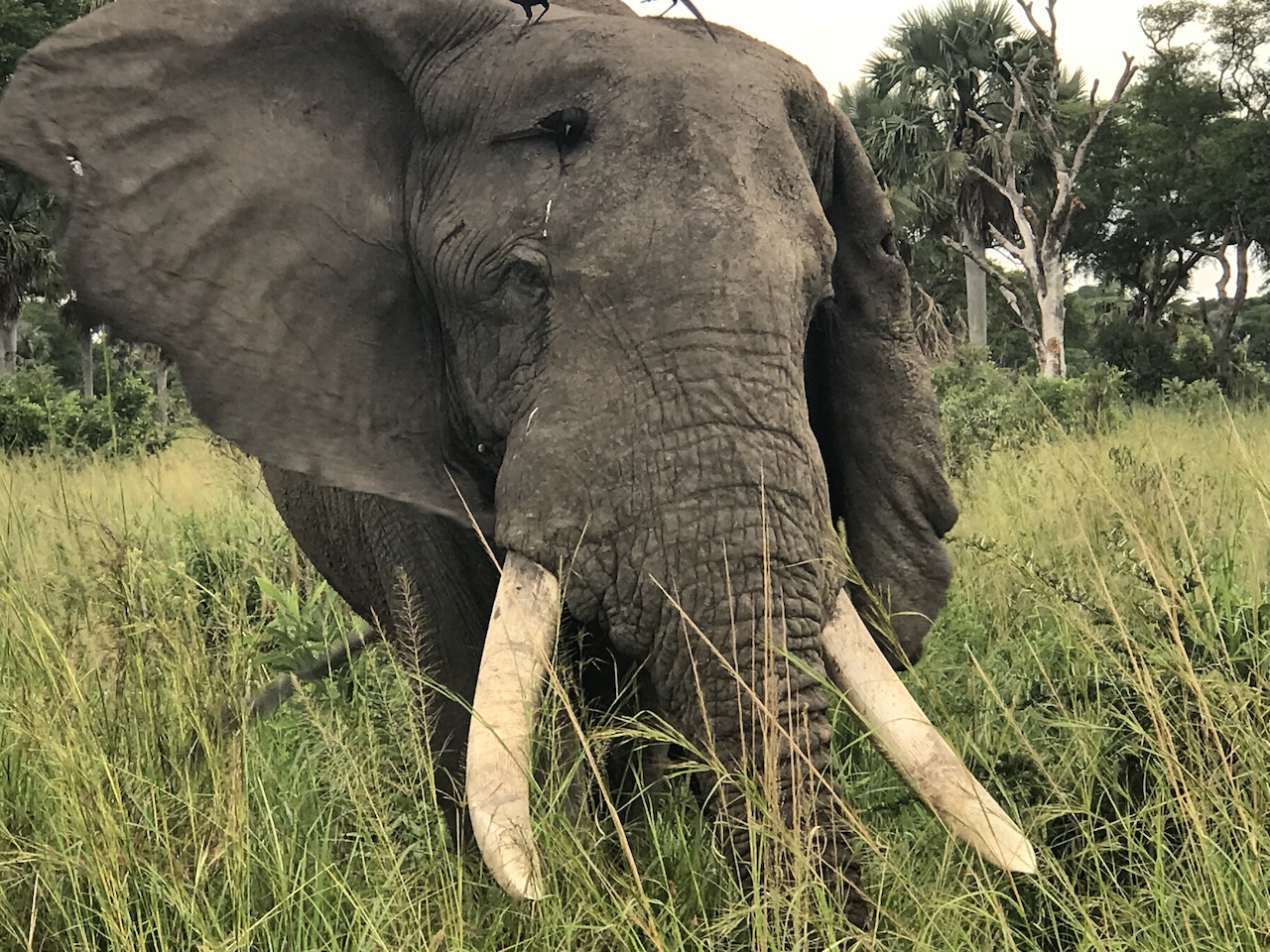
We had some great close encounters with elephant. We love spending time with these most wonderful of animals. Since I speak their language fluently, we were allowed to be right up in their space. This old gentleman had sadly been shot in the left front leg, his ear caught in a snare and cartilage ripped, leaving him with a drooping ear and big sore cut. His trunk had also been sliced by a snare. Still remarkably friendly. Notice the Piapiac birds on him.
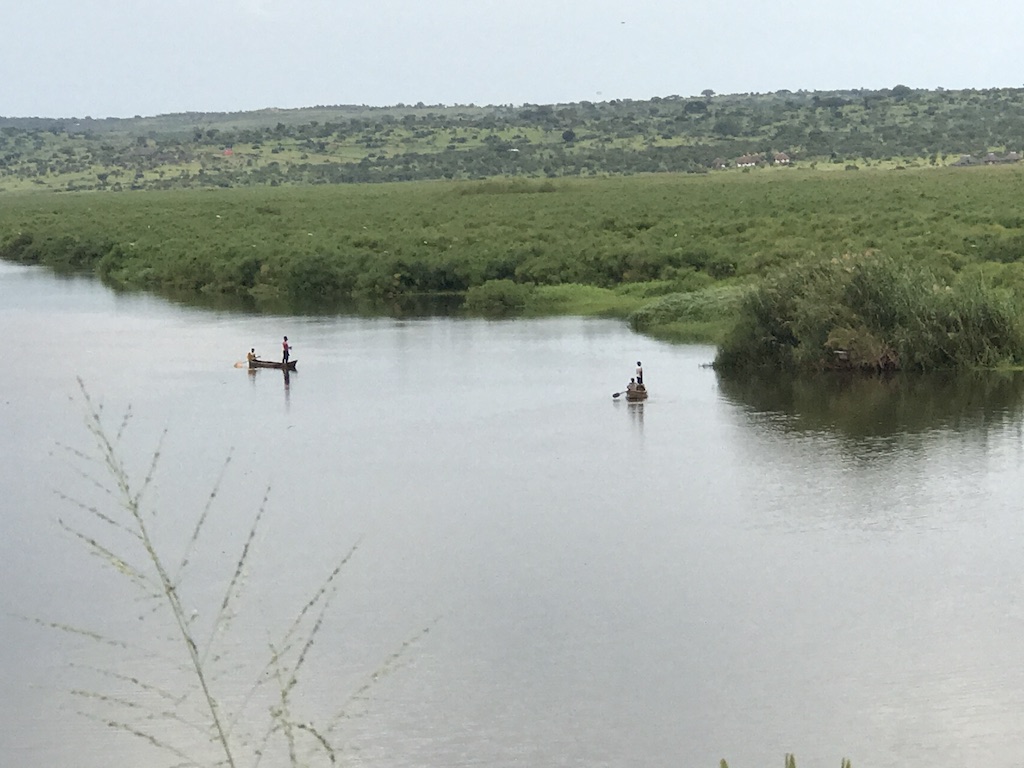
Men fishing in the Nile close to the papyrus and not far from Lake Albert.
Day 6
We had been in contact with multiple security sources and they confirmed to us that it is unwise to travel on the next stretch of road on weekend days because that seems to be the time the militia steps up their attacks. So the morning of Day 6 we used the rest of our 24 hr. pass for the park and then departed for the Uganda/DR Congo border in early afternoon. I think we had to pass through FOUR customs gates on the Congo side before we could get on the road to Mahagi, the nearest town. It was nice that we had a few hours to rest so we found a local guest house we had heard was simple but OK and booked a room there. It was a “we’re not in Kansas anymore” experience, complete with bedbugs. I stayed to rest while Jon went out walking in the busy streets and local market to get us a few supplies and try to find us some food for the evening. He came back with enough snack food and toothpaste to get us home the next day. He had arranged for some supper to be delivered to the guest house later that evening.
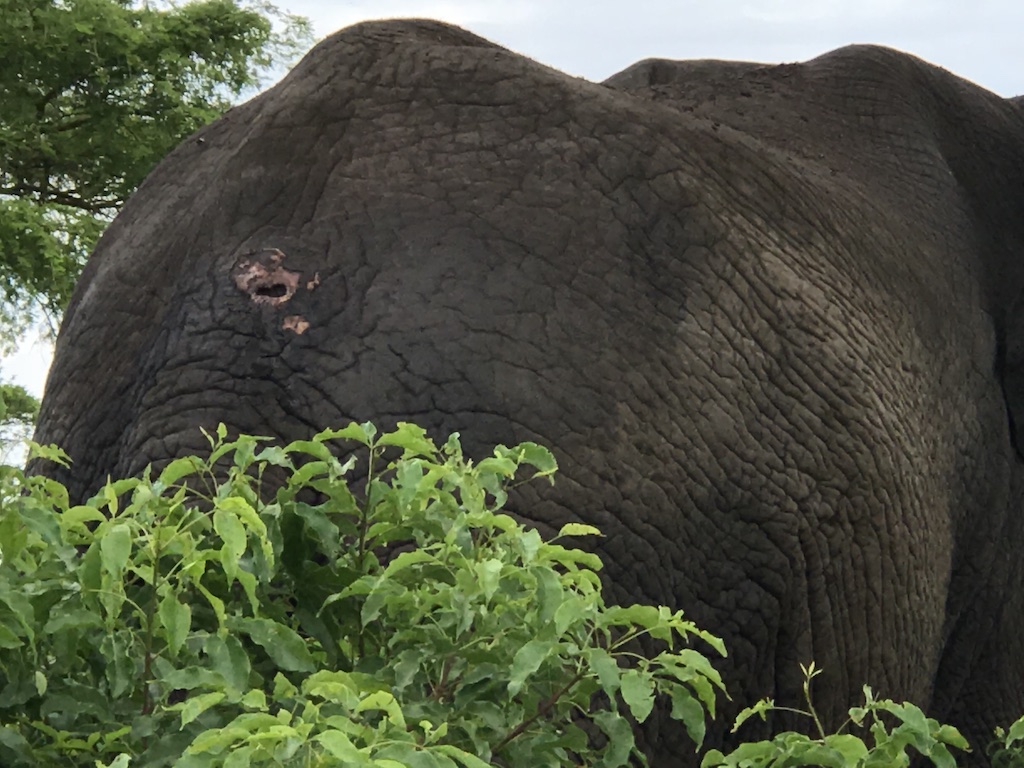
Another wounded elephant in Murchison. This one shot just off the spine. If it had been a few inches to the left he would have been paralyzed in his back legs. Very sad.
We had been keeping in touch with our team in Nyankunde and with our chaplain friend, Bisoke, in Bunia for advice and information on our proposed route from Mahagi to our home the next day. We had planned to leave in the early morning since we knew the road was bad and, with the current rains, could be very muddy and slow, but we were told NOT to depart before 8 AM. After that time there would be other cars and lots of big trucks on the road and we would not be an isolated target. What a way to plan a trip; on which route and at which hour are we least likely to be robbed, or worse.
Day 7
The worst dirt and mud main road yet was so poorly signposted that we had to stop more than once to ask people for directions on how to get to Bunia, the provincial capital and town nearest to Nyankunde. We were now driving through Djugu and Fataki in the area the refugees in the camp MAF is helping in Bunia had fled from earlier this year. Sudden and extensive violence between tribes had ignited a storm of fear there and caused the flight of tens of thousands of people south to Bunia and as far as across Lake Albert into Uganda. We saw 4 refugee camps along the road that day. At one point we weren’t sure we had taken the right way, so Jon stopped the car beside a woman with a baby on her back and asked her for directions. The look of terror on her face before she turned and ran up the steep bank and fled into the tall grass told a powerful story, the details of which we will never know. As I write this I can see the scarred face of one little girl in the Bunia refugee camp, slashed by a machete while she was being carried on her mother’s back. Her mother didn’t survive the attack. Since Jon has been going to the camp almost every Tuesday since then it has made this whole situation more personal to him. On this road we were traveling 16 people had been killed in the previous week while we were driving north on the other side of the border.
We arrived back home to Nyankunde in the early evening of Day 7 and emerged from the rough road onto the MAF airstrip, mown and smooth, green and beautiful, with our hangar and planes at the top. Tired and beaten up by the roads, now more than ever we can understand what normal life and travel here are like for the Congolese people. Our road trip was a seven day, fifteen hundred kilometer journey. If not for the increasing violence on the Congo route between Goma and Nyankunde, we would have had to drive only four hundred. It is a joy to be part of this MAF ministry to make their lives and circumstances better, to be able to show them the love of Jesus in the way we work and live our everyday lives, and to help them do their work a bit easier in this challenging place.
An hour and fifteen in an airplane vs. seven difficult and dangerous long days on what passes for roads here. You decide.
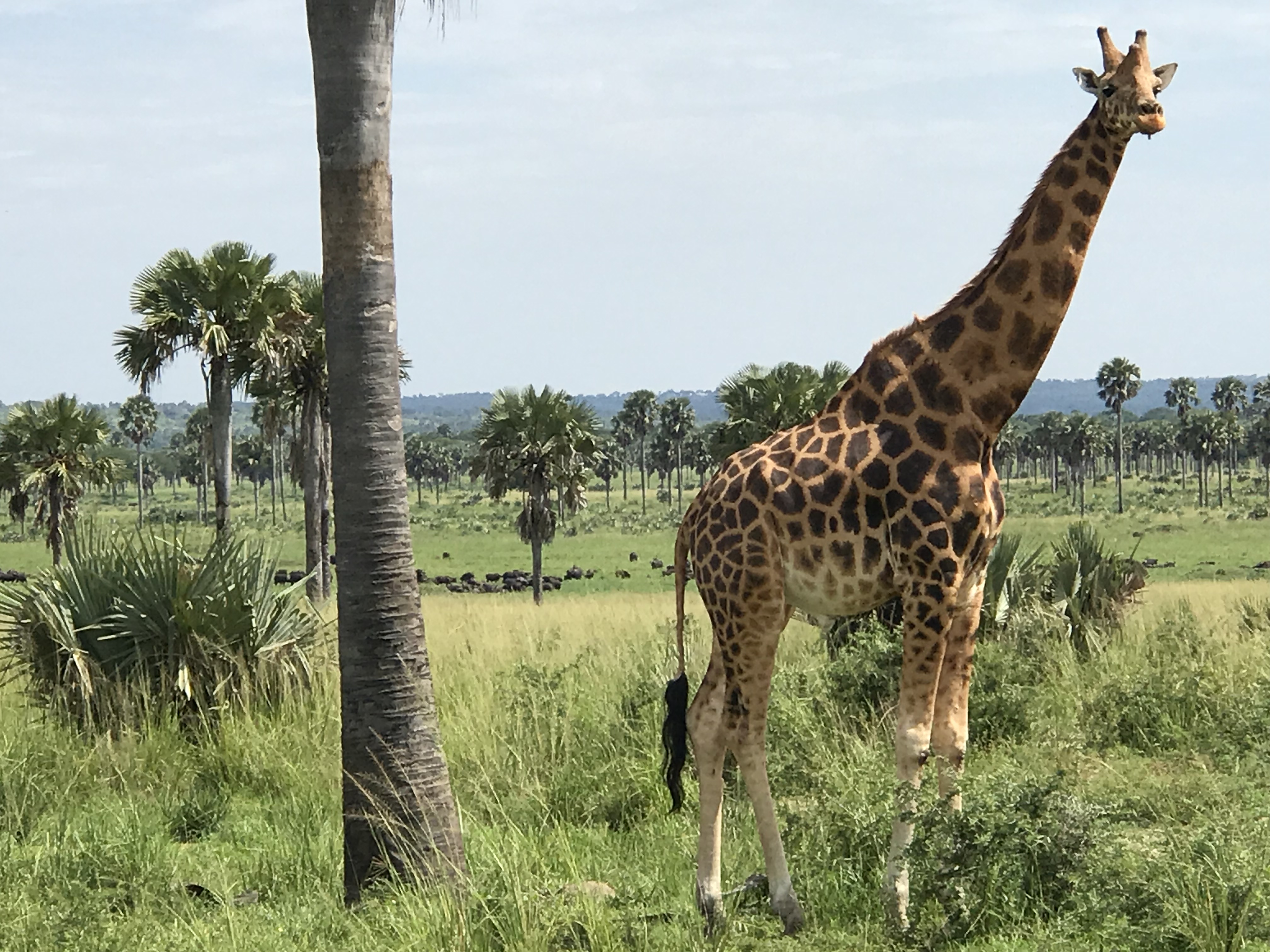
Beautiful male Rothschild’s giraffe with buffalo in the background among the Borassus palms
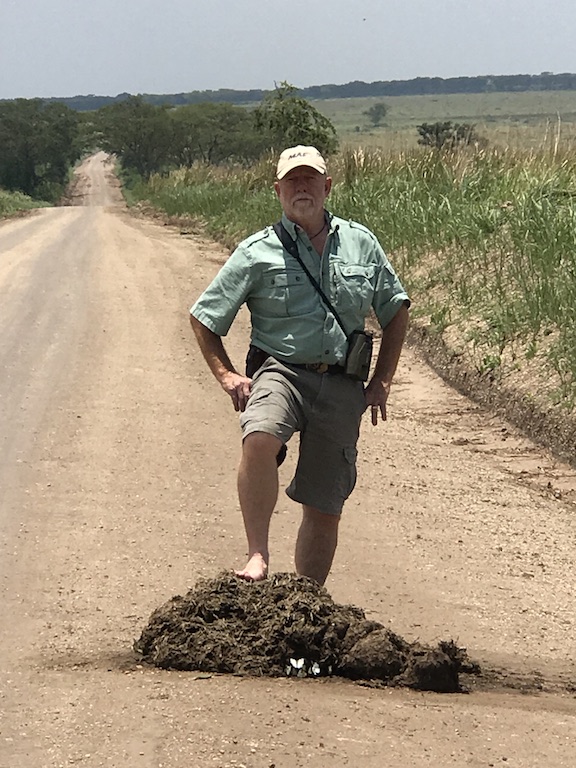
Nice big fresh warm pile of elephant dung. Butterflies and Dung Beetles and crazy mzungus in it.

































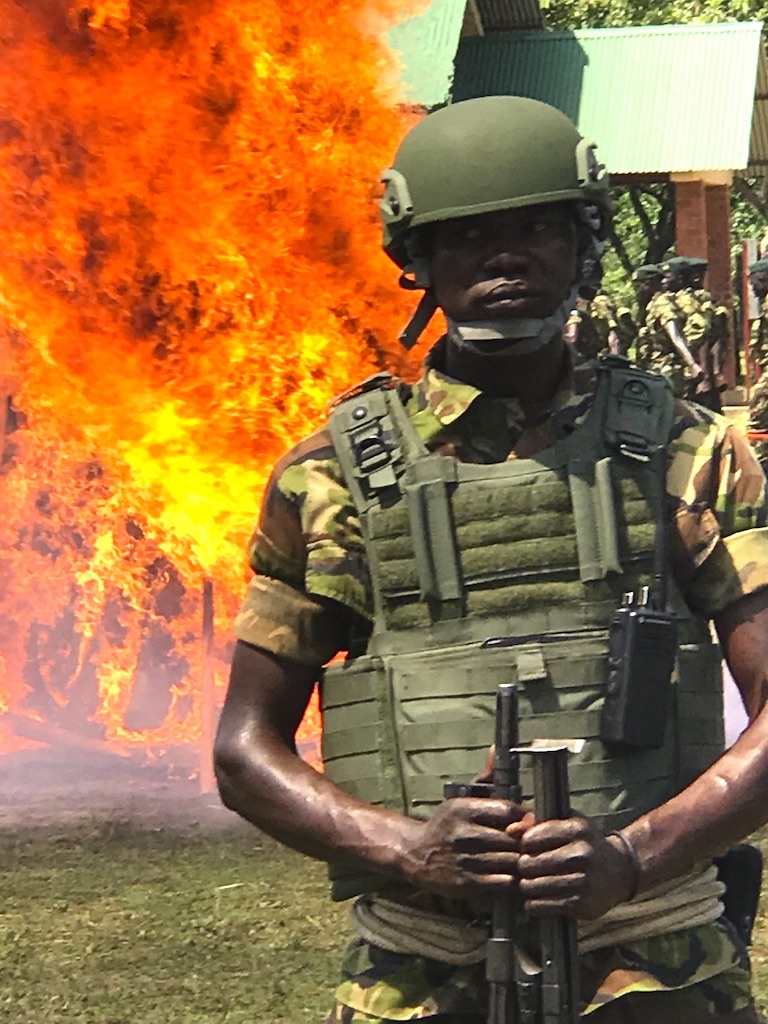
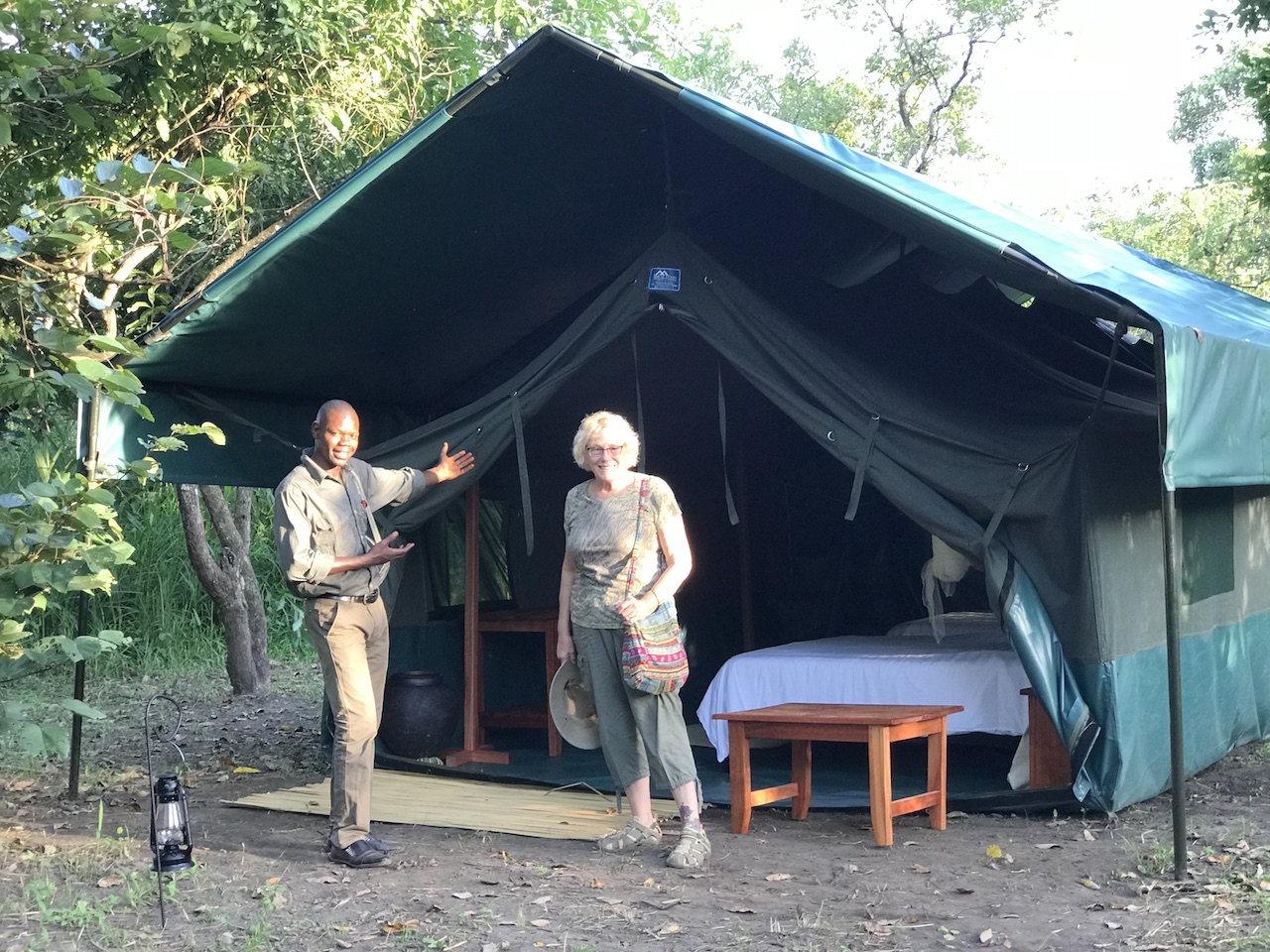
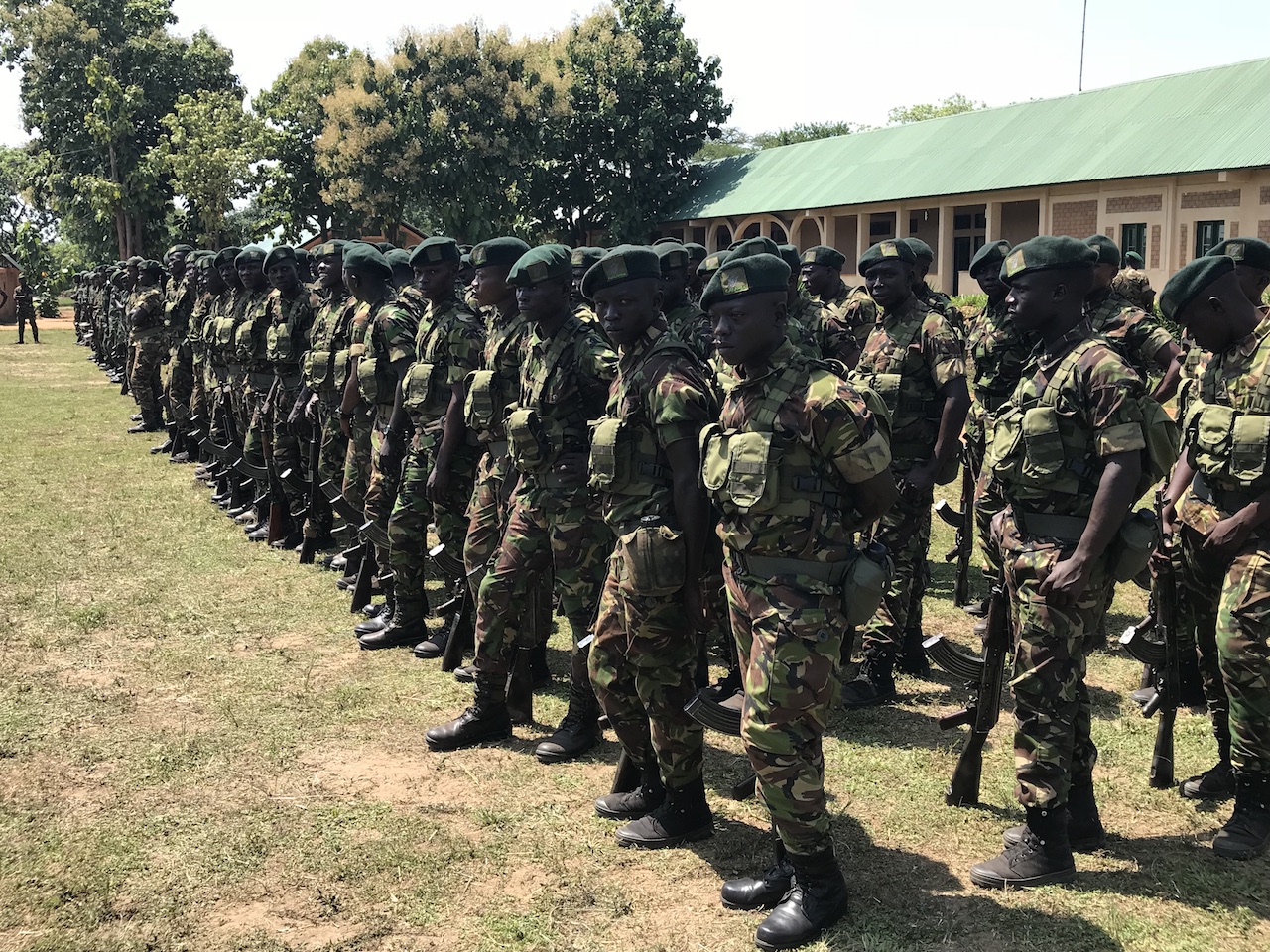

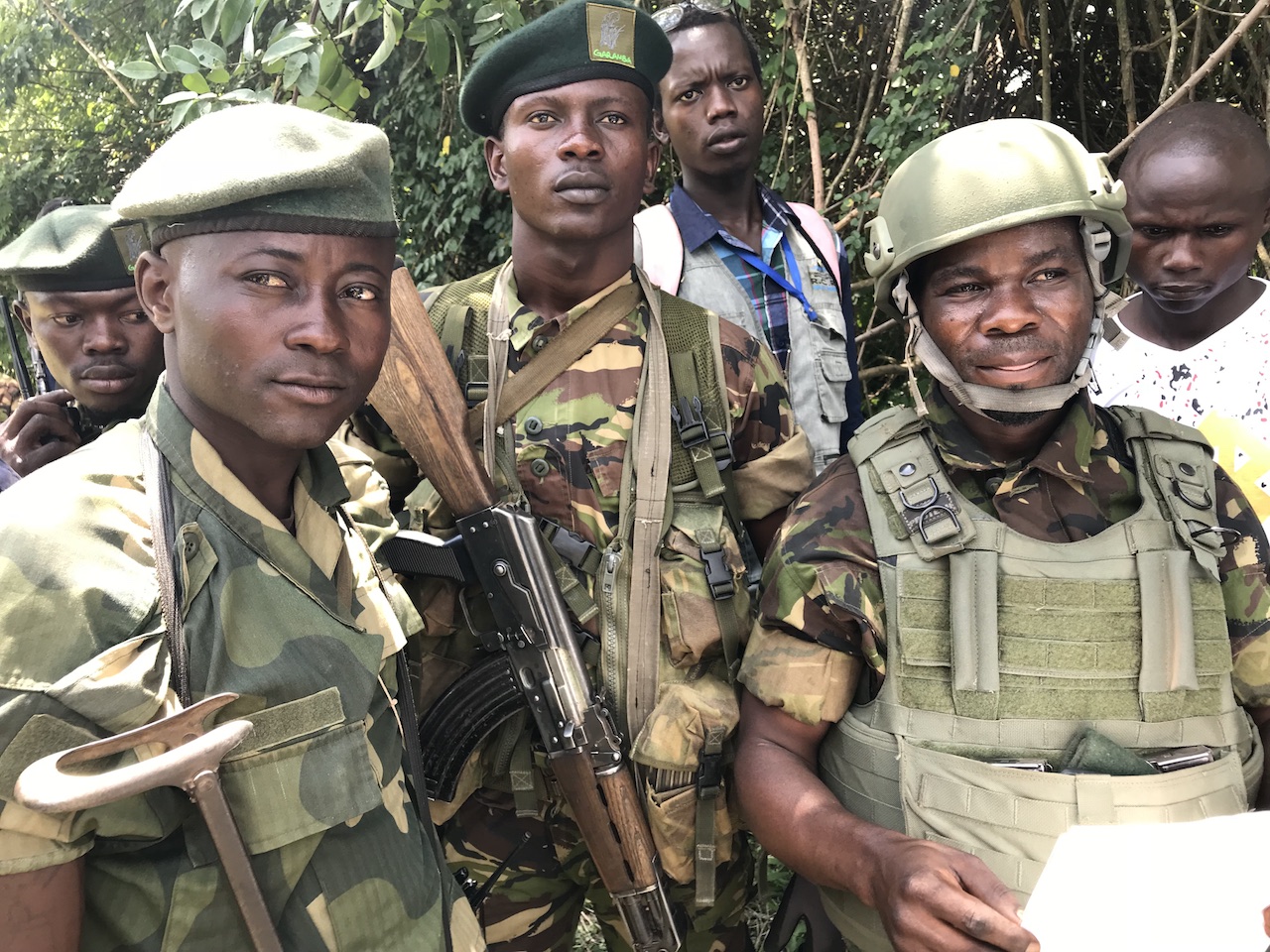
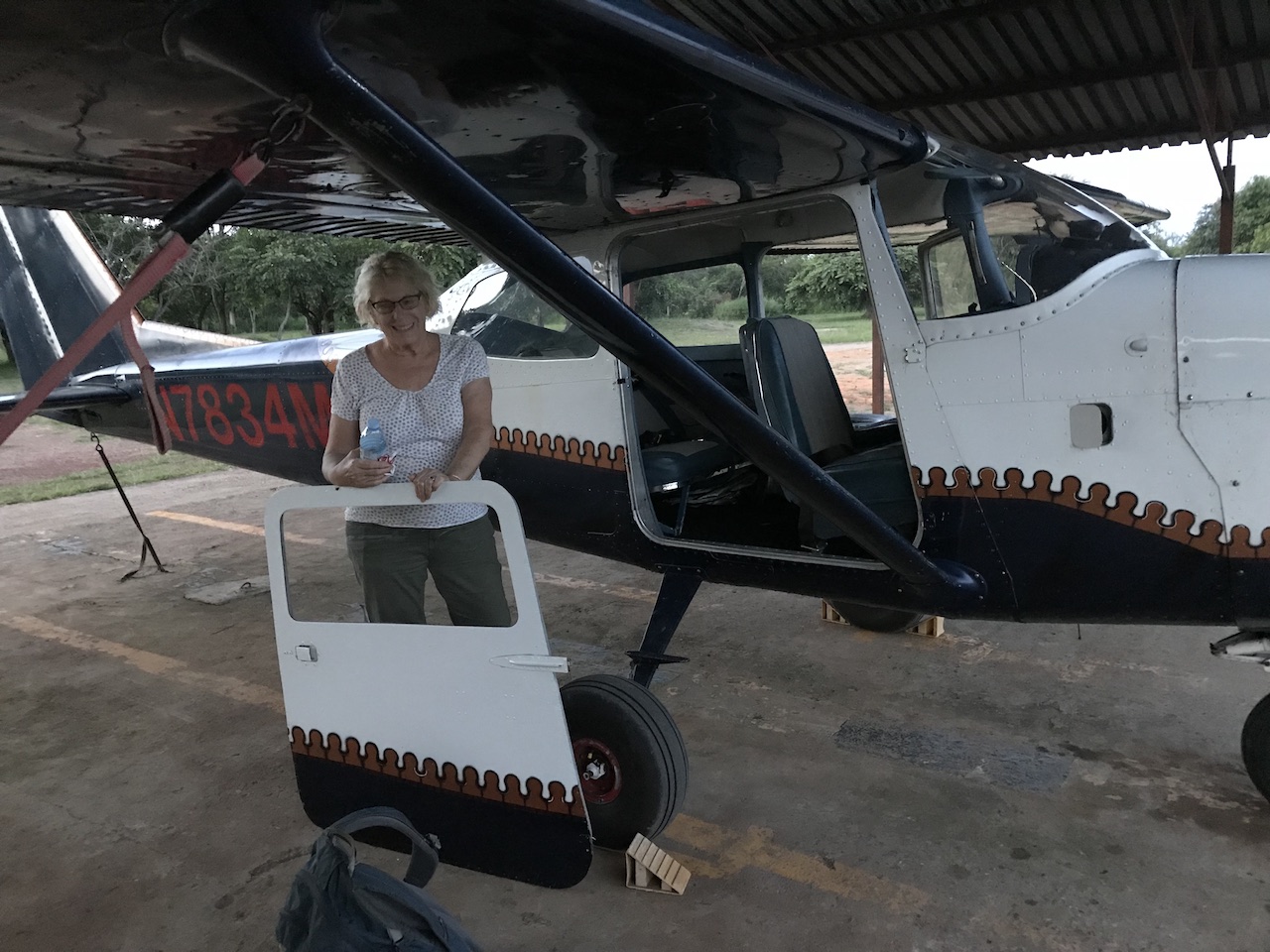

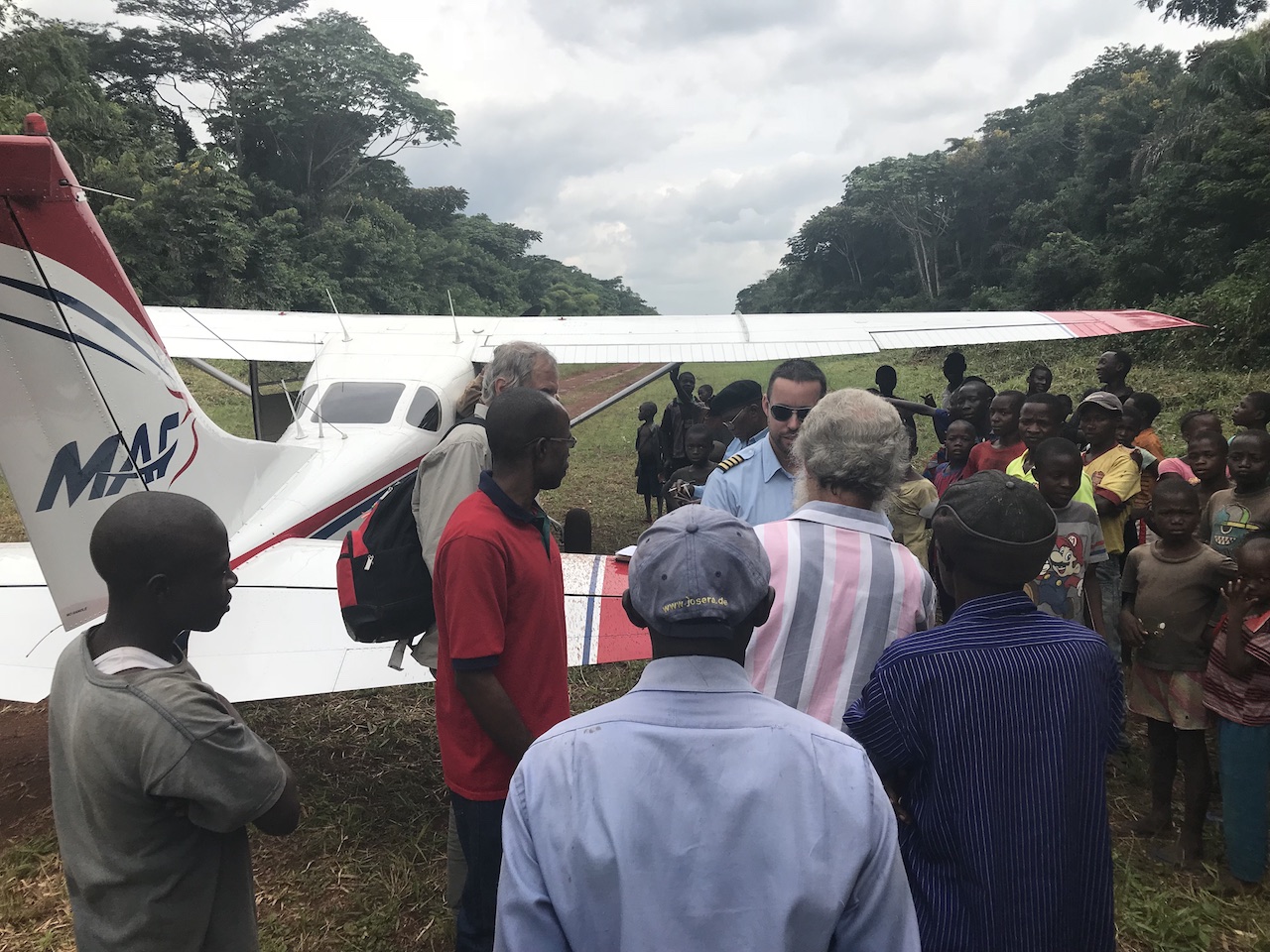

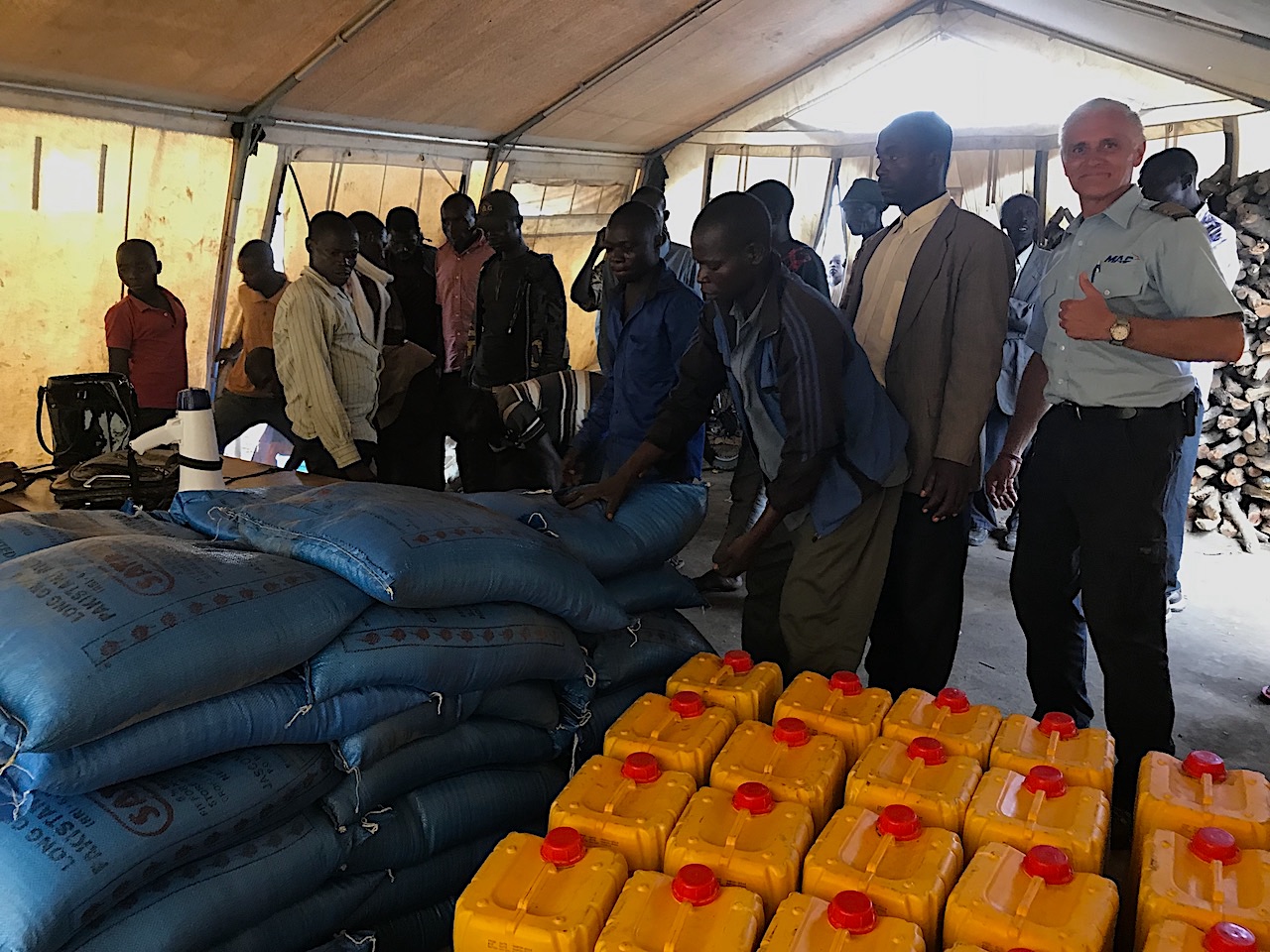
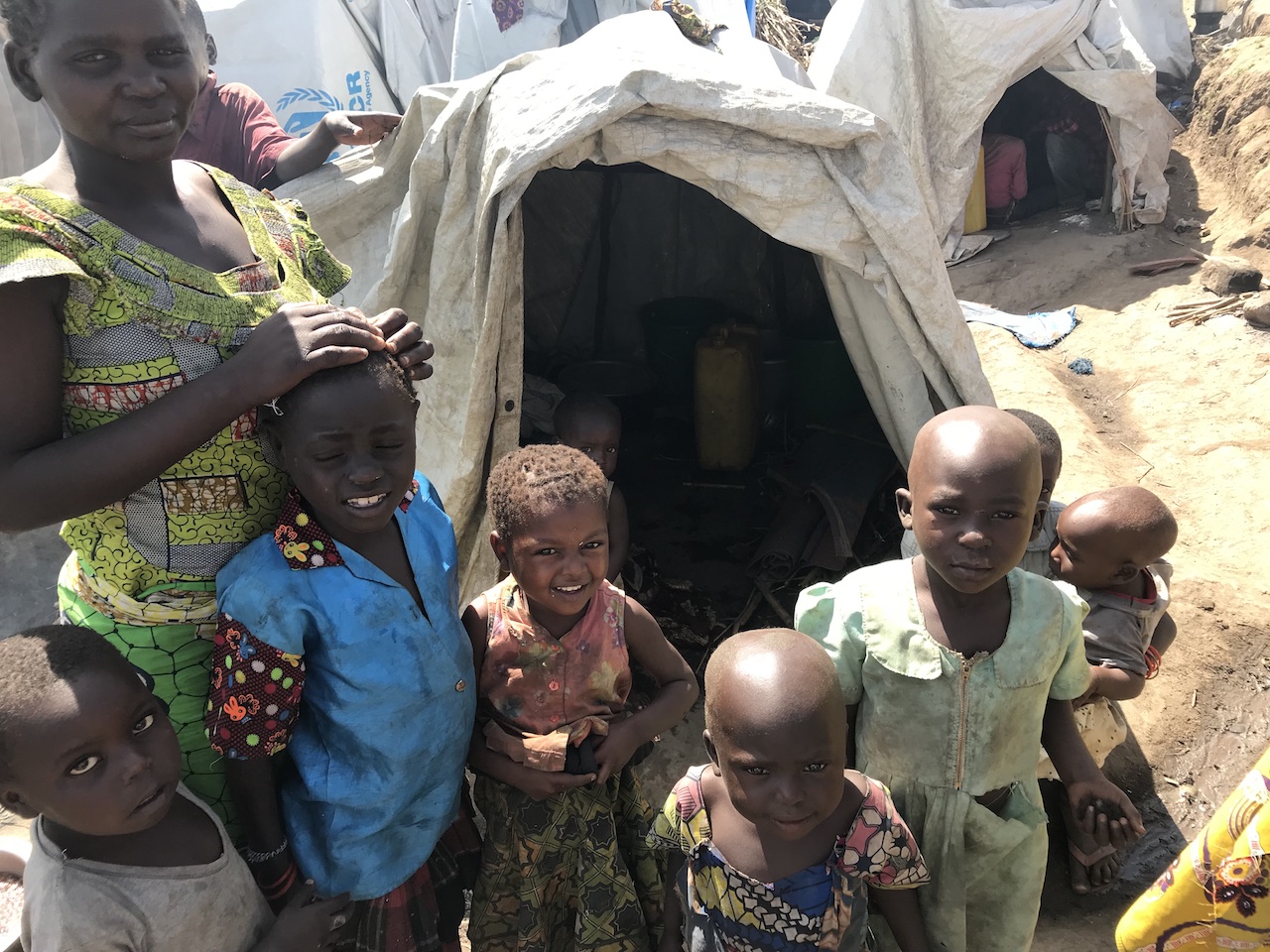
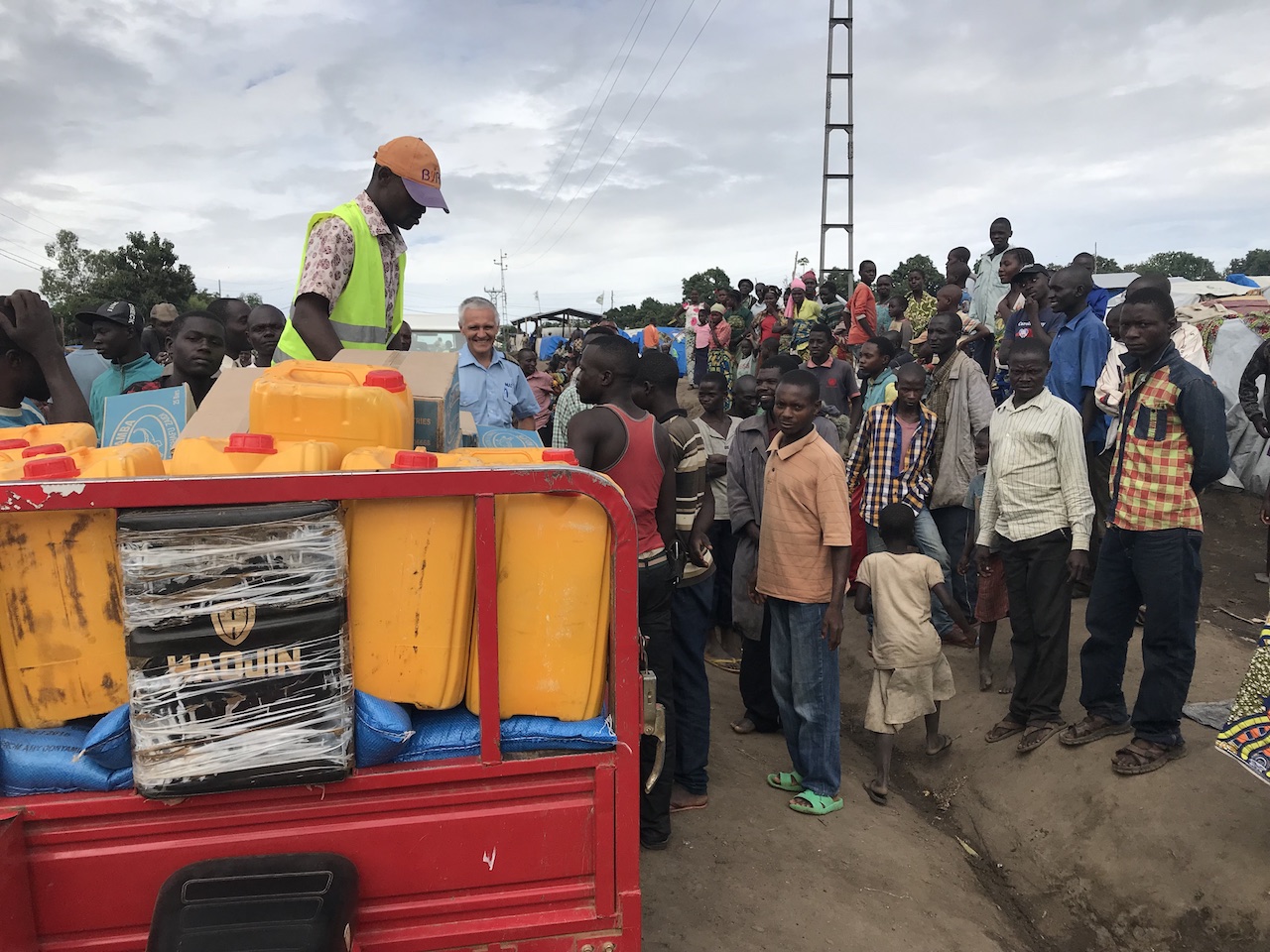

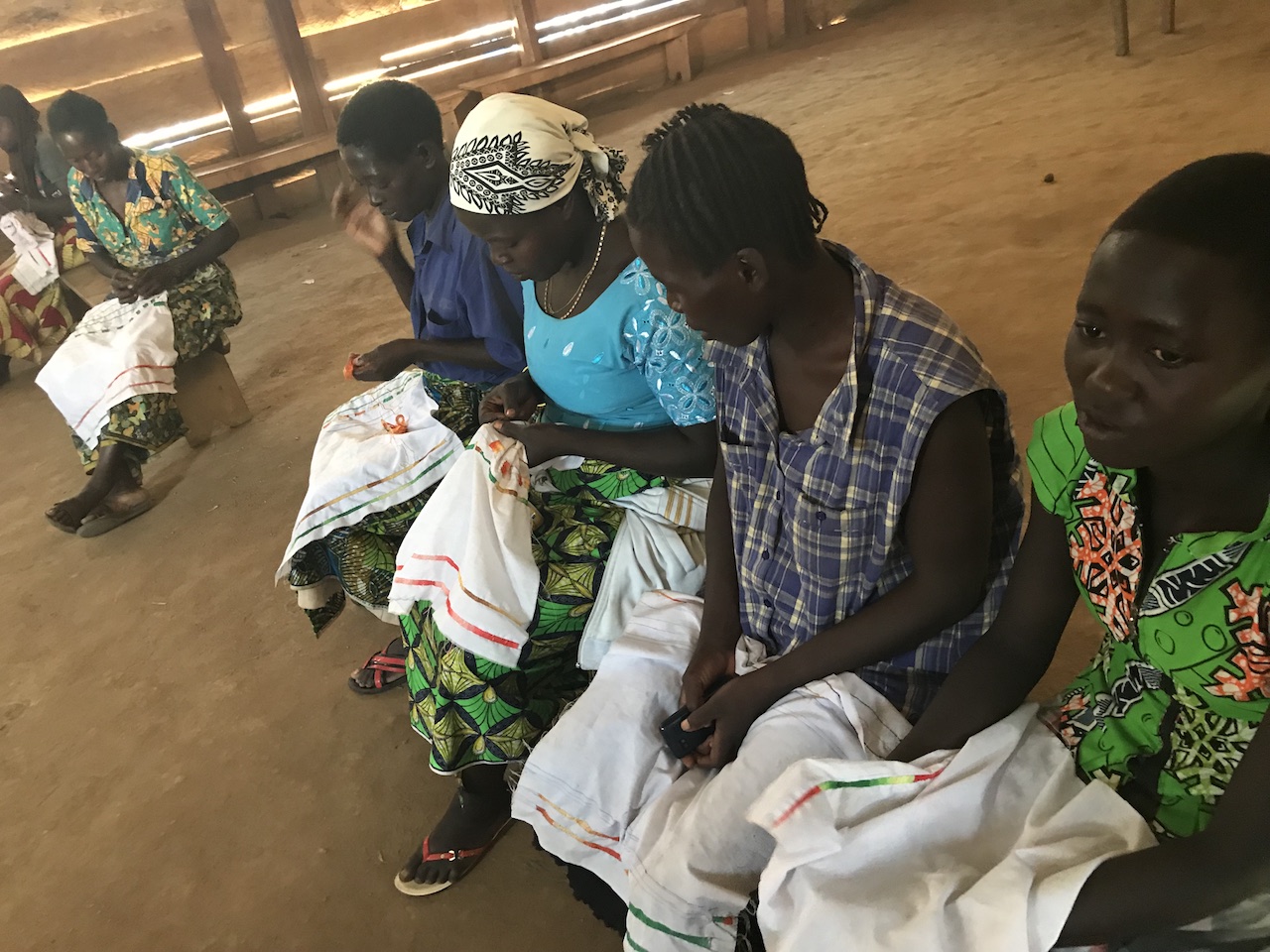
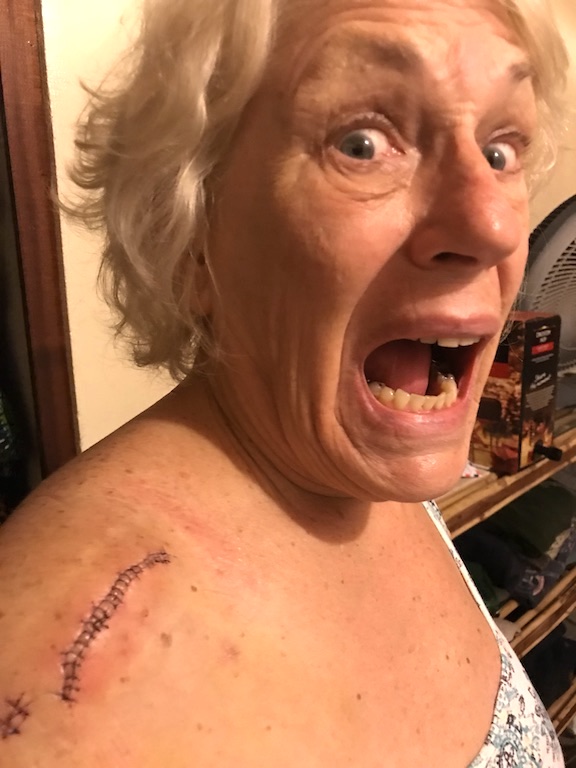
 What would be your number one piece of advice for an aspiring bush pilot starting out in the industry?
What would be your number one piece of advice for an aspiring bush pilot starting out in the industry? What would you say is the hardest thing about being a bush pilot?
What would you say is the hardest thing about being a bush pilot? What has been your number one memory about flying?
What has been your number one memory about flying?